View of the Gamla Stan (Old Town) from the Skeppsholm bridge, winter 2003
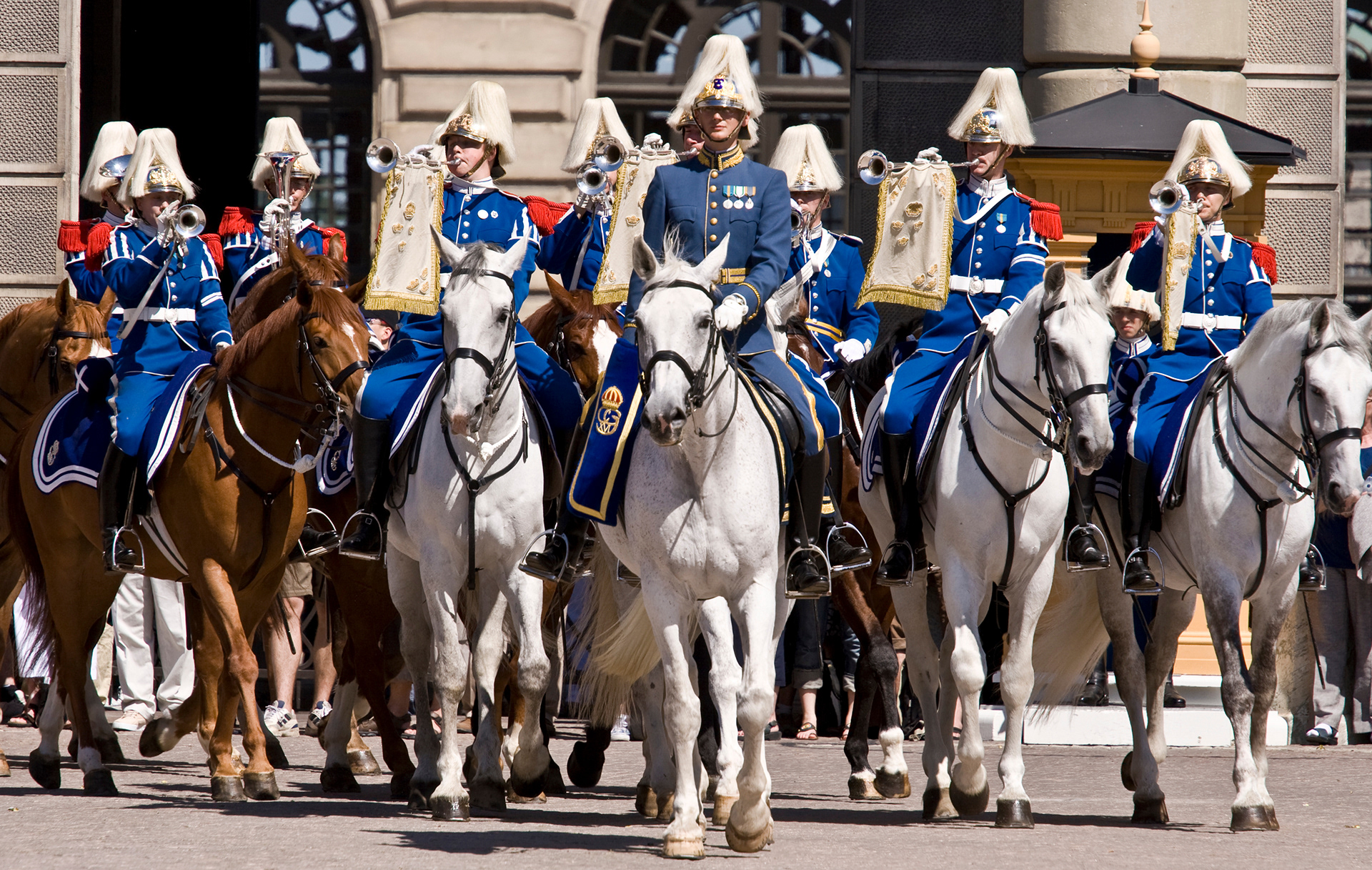
At the royal workpalace in the Old Town, June 2007
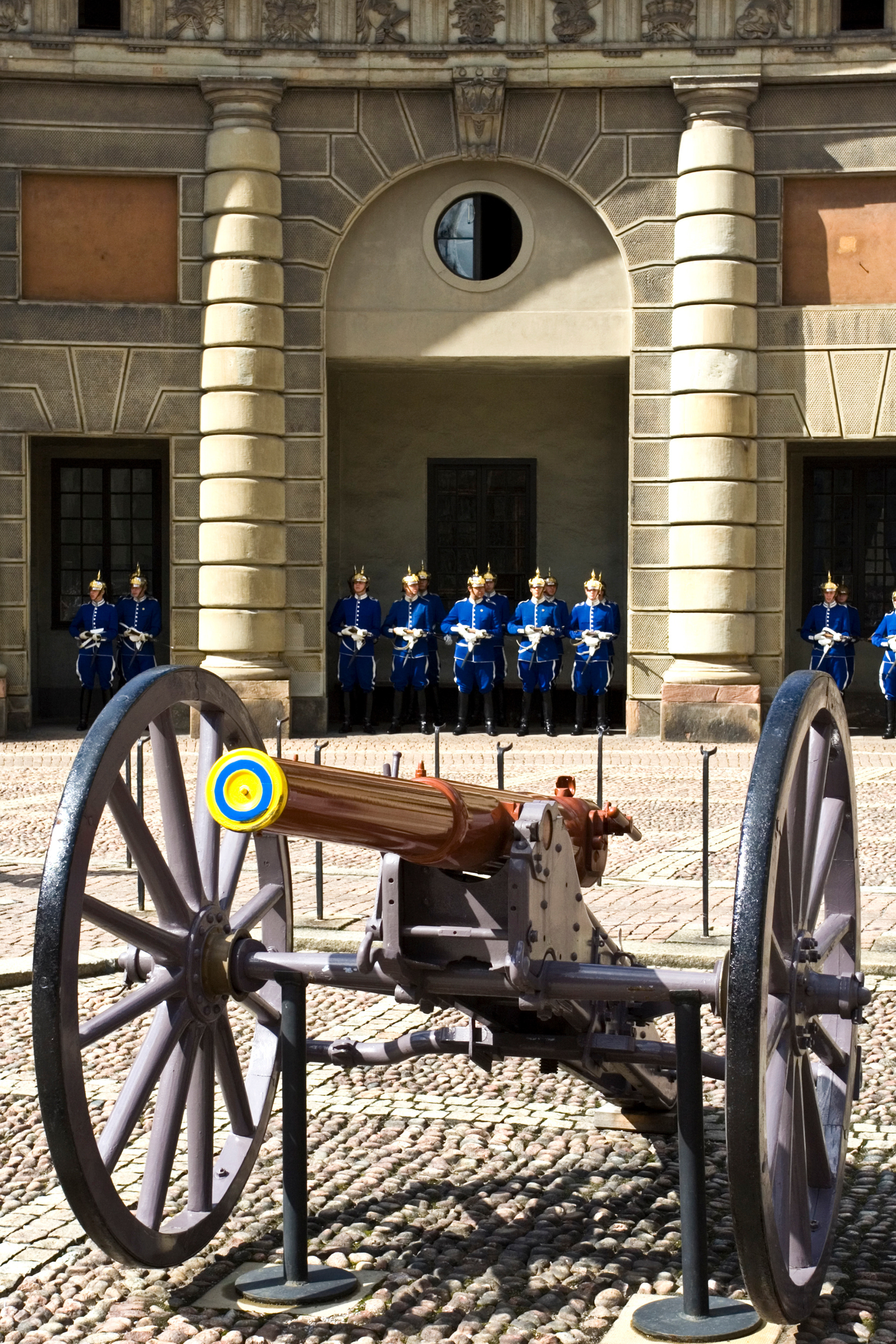
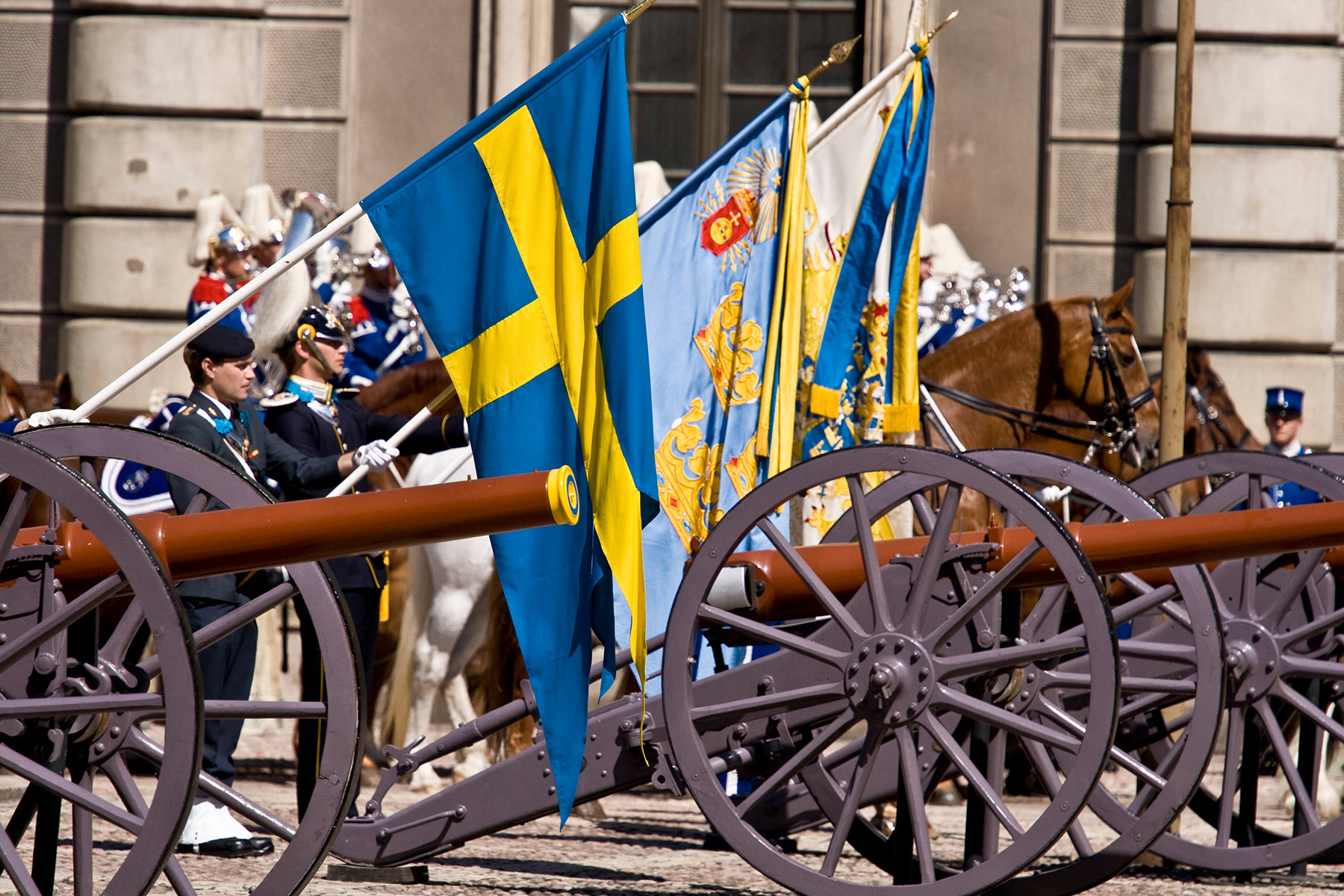
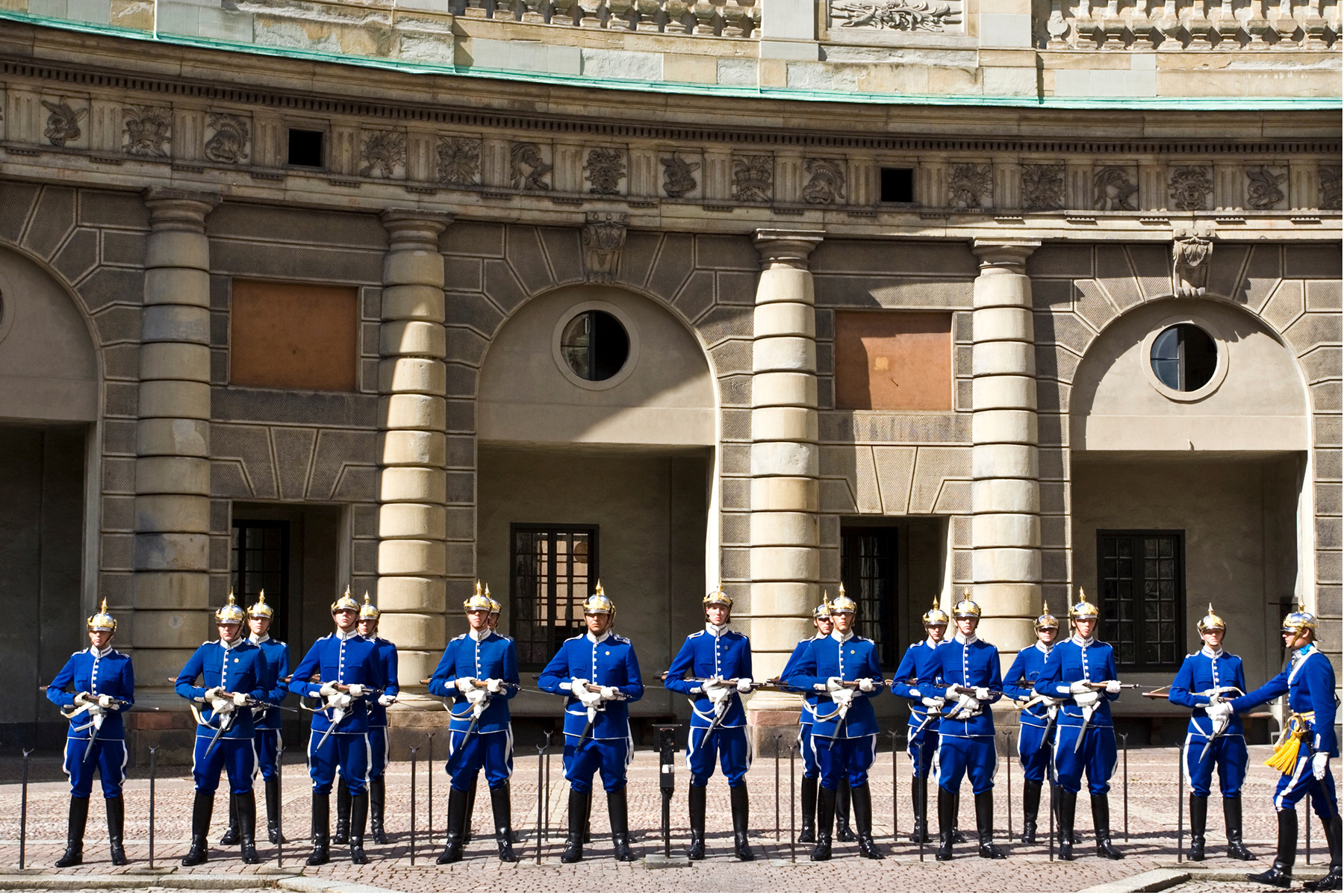
Performing street artists with the Stockholm Slott in the background, July 2004.
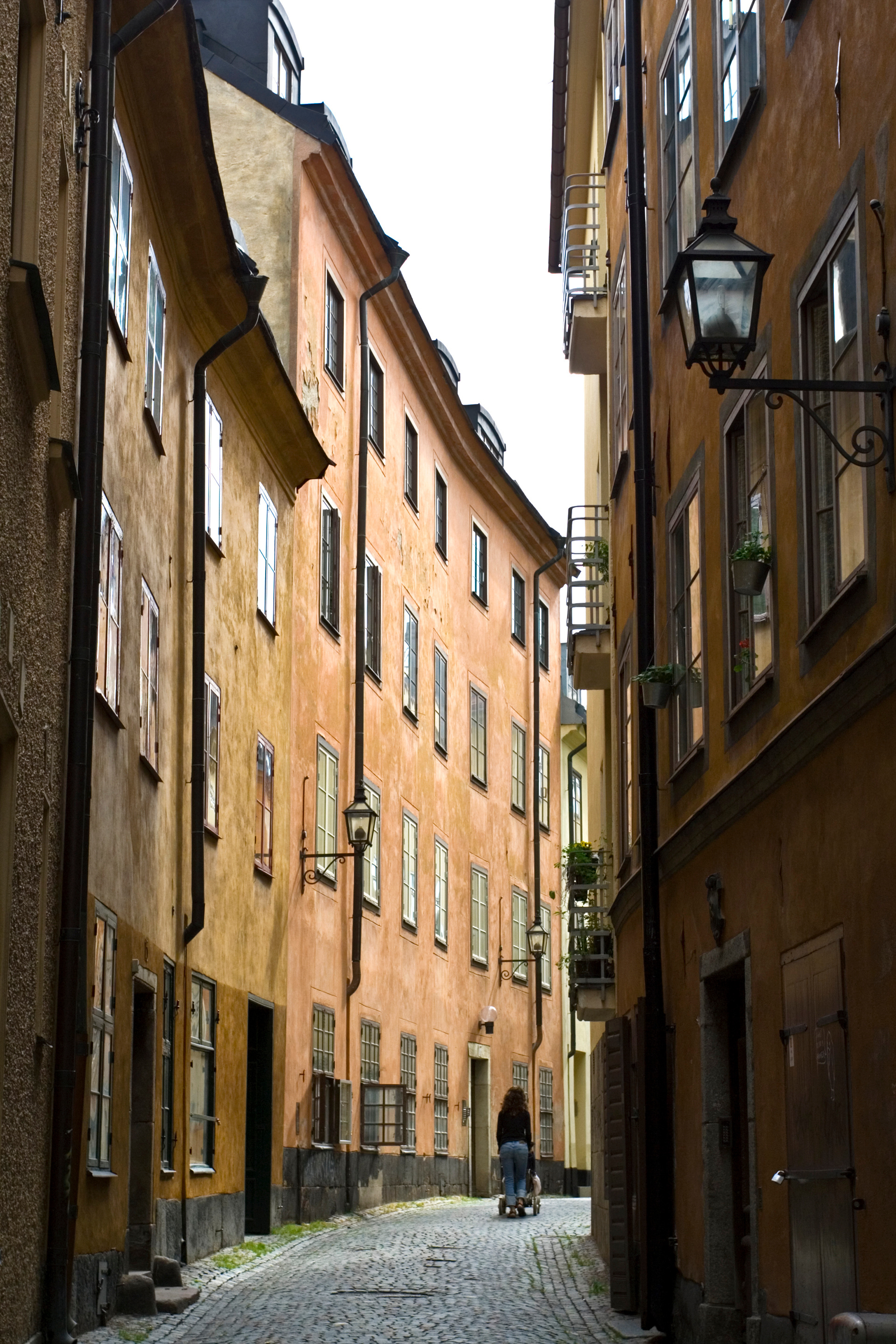
The alleys of the Gamla Stan.
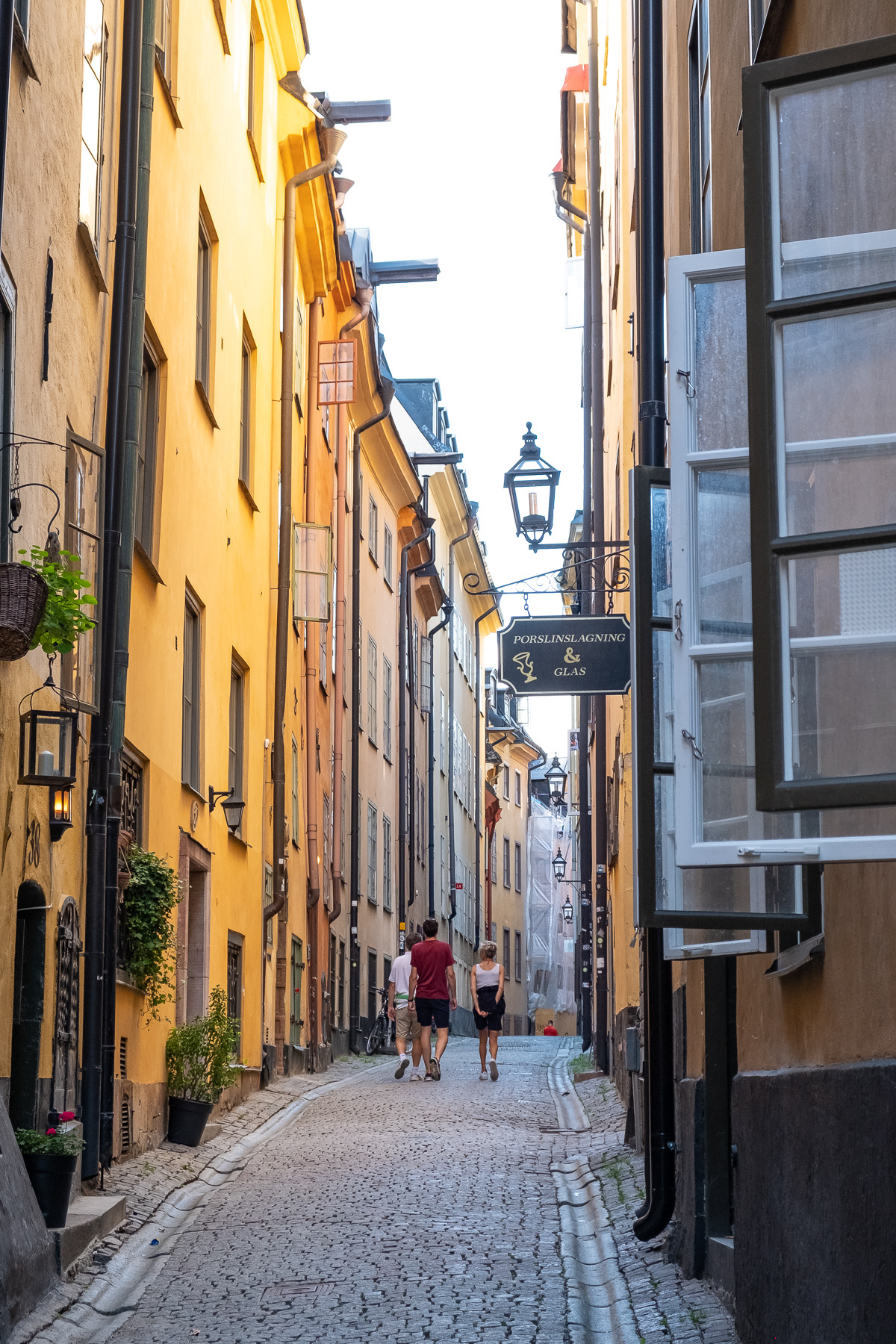
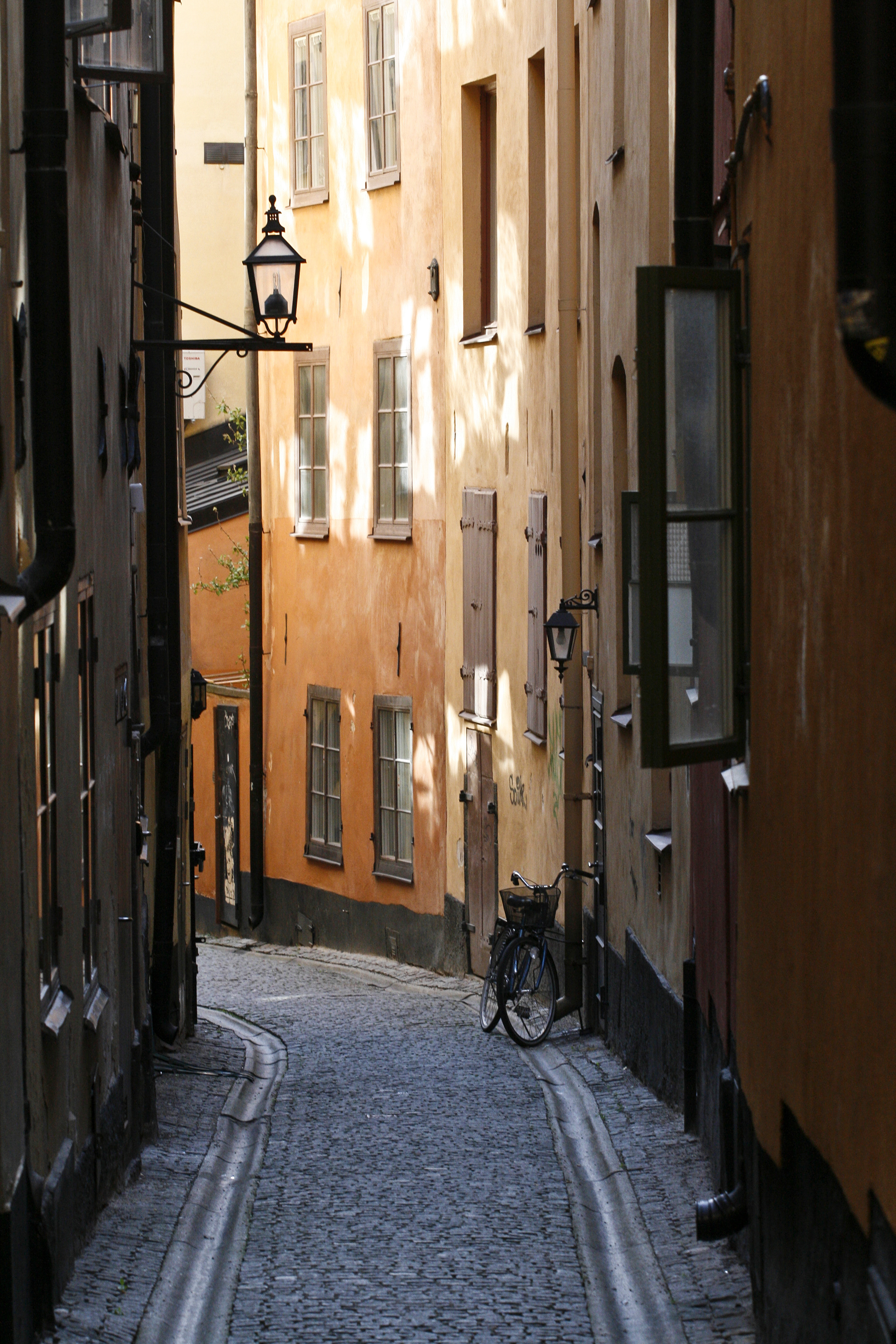
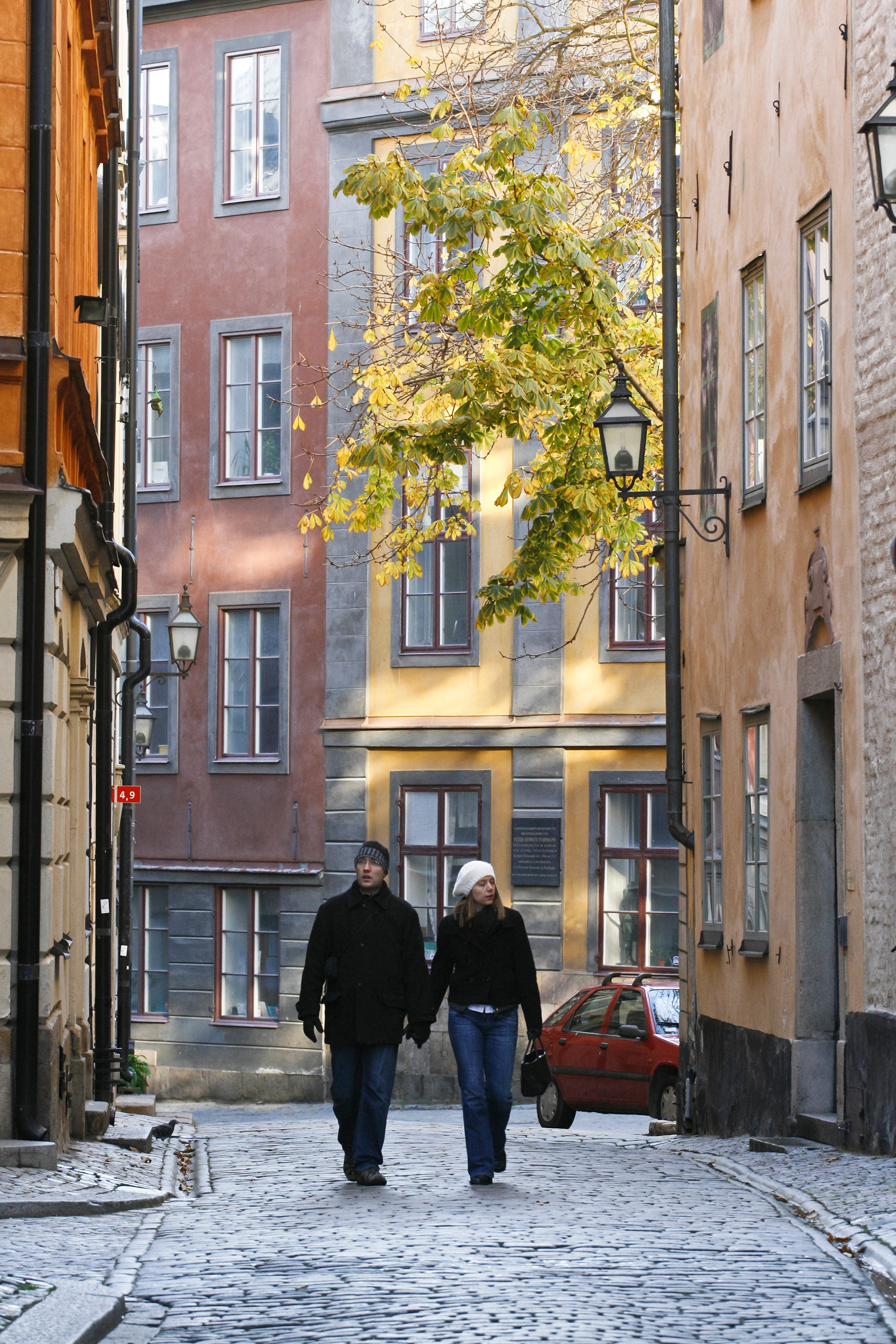
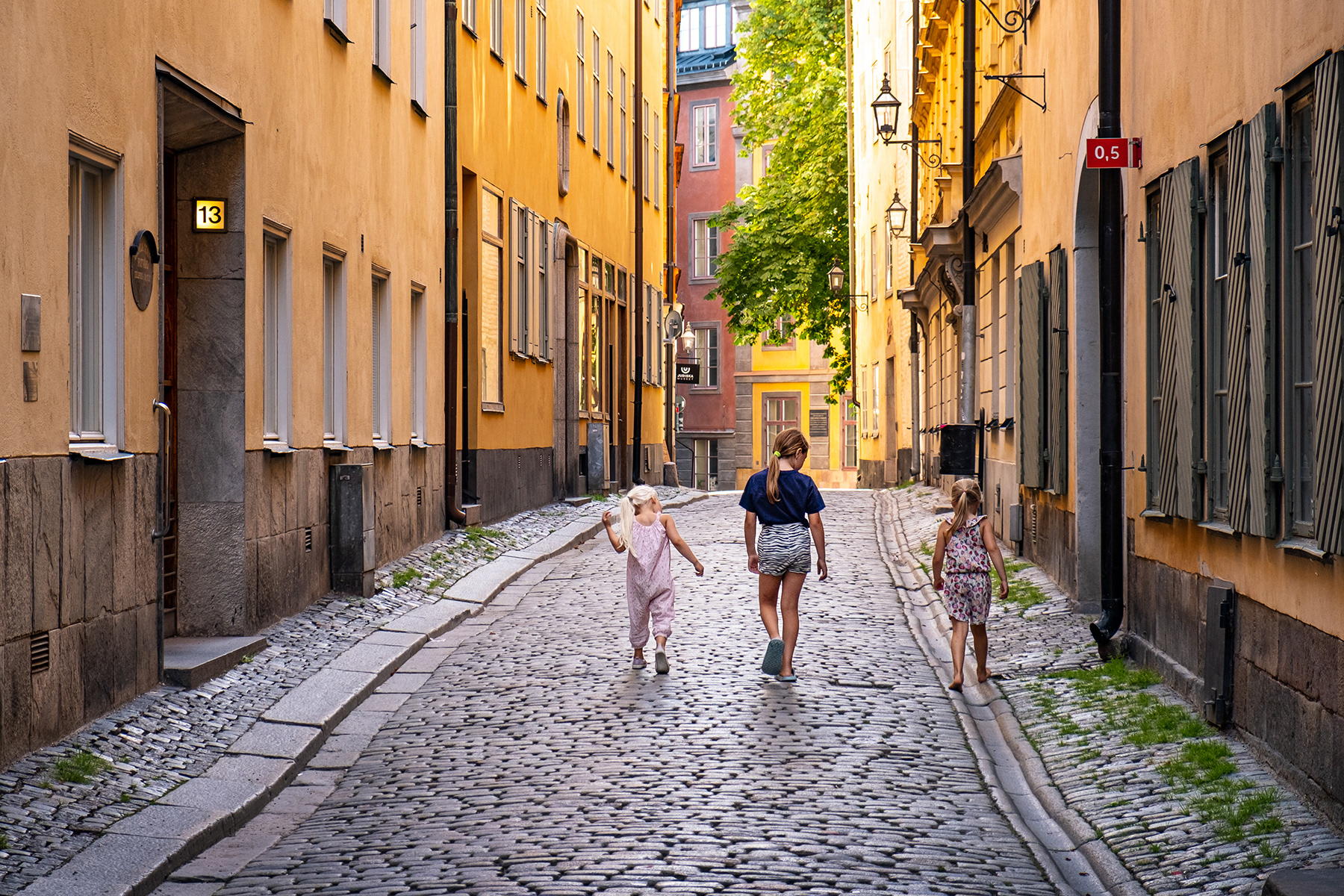
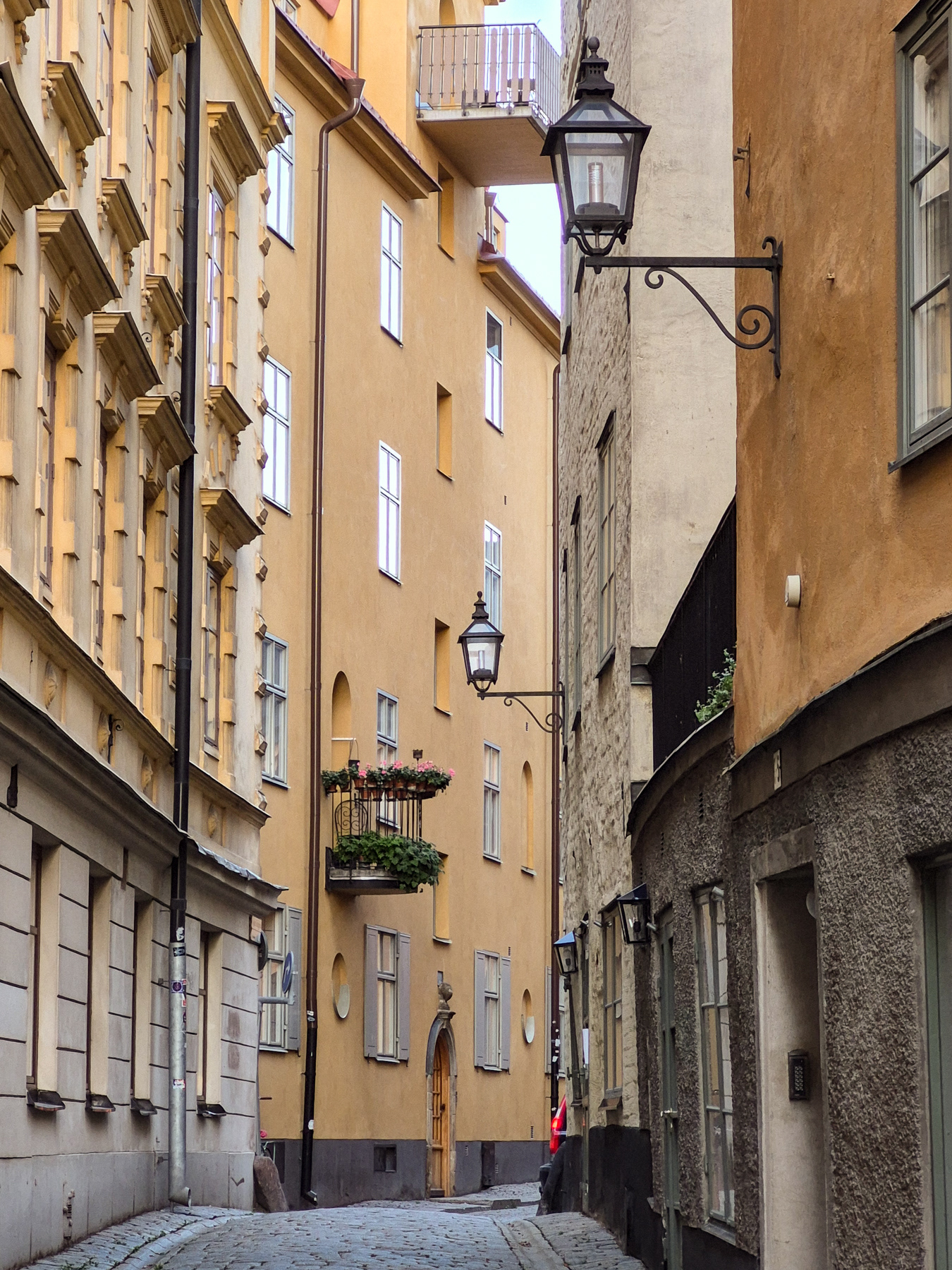
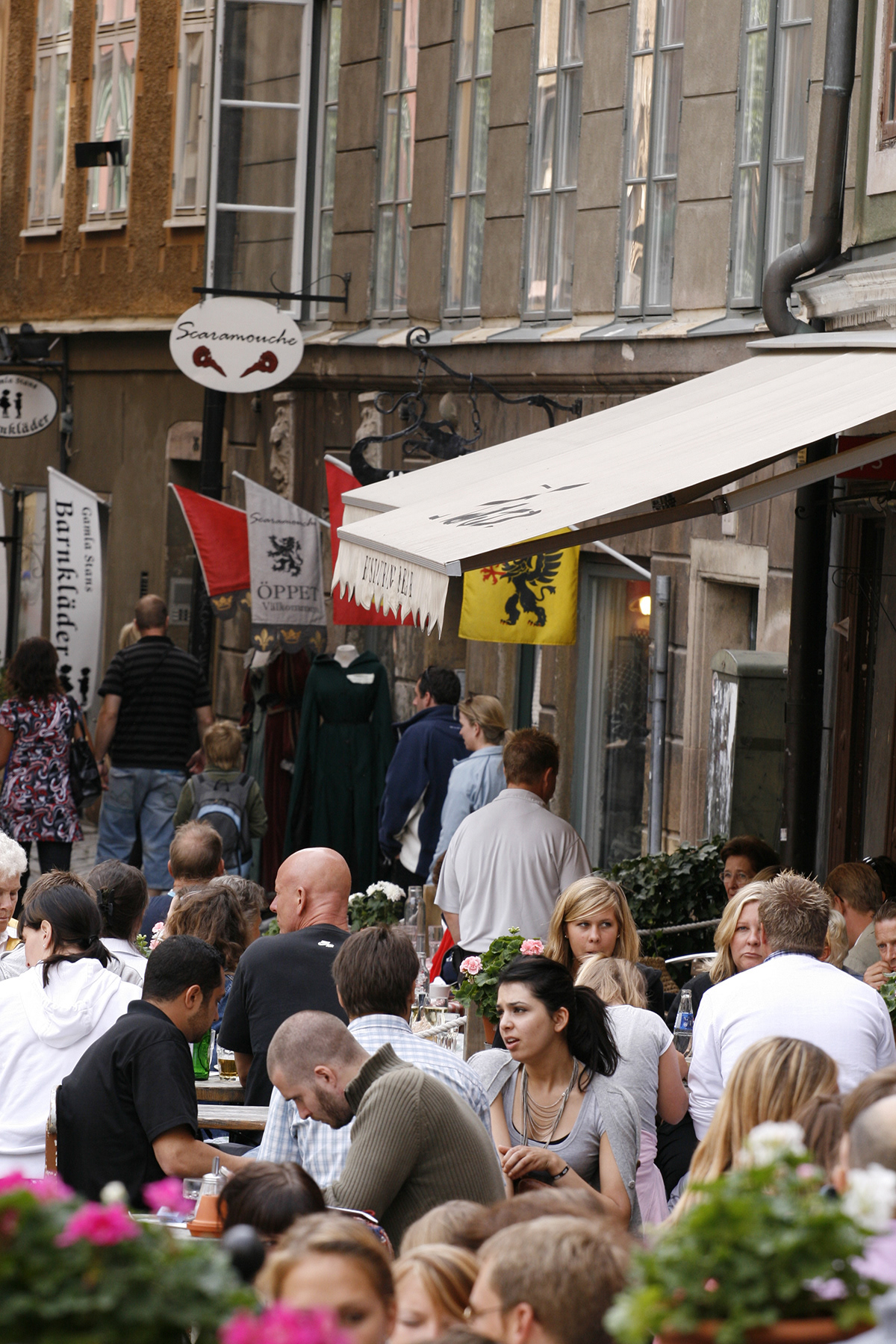
Stora torget, Gamla Stan, August 2007.
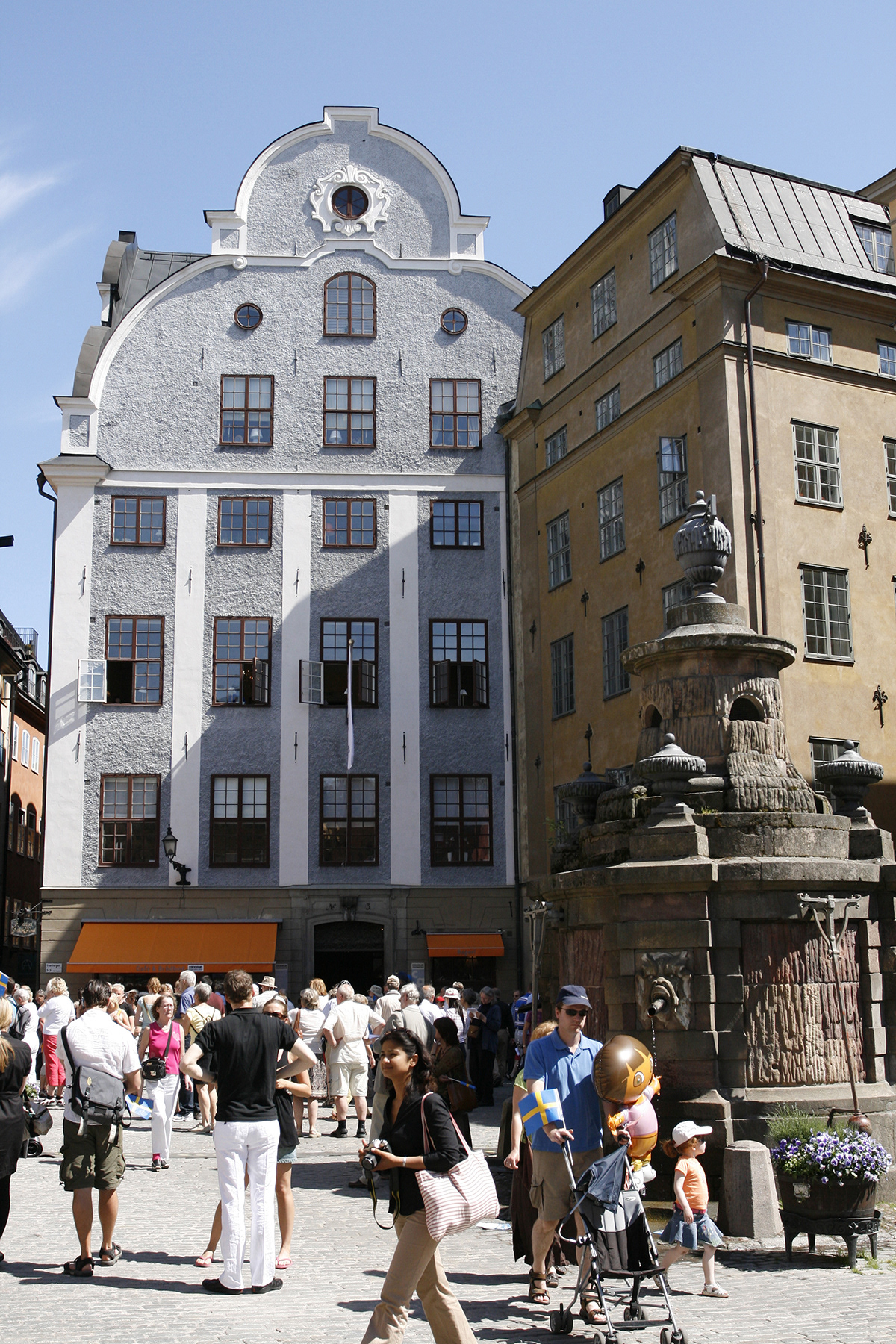
The pump on the spot of the old water well. Gamla Stan, June 2007.
Stora torget, the main square of the Stockholm Old Town, September 2025.
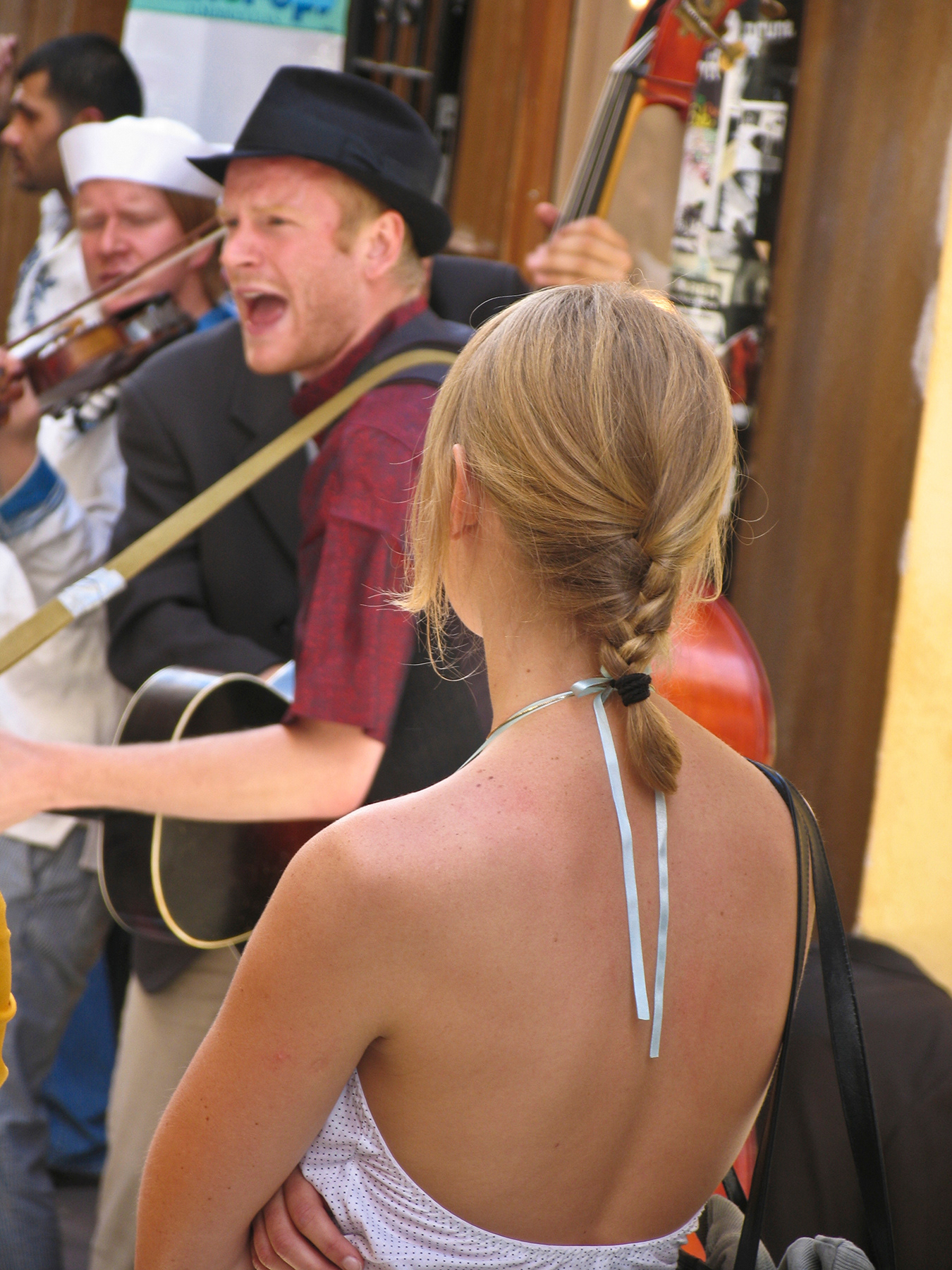
Street musicians and tourists in the Stockholm Old Town, Summer 2004.
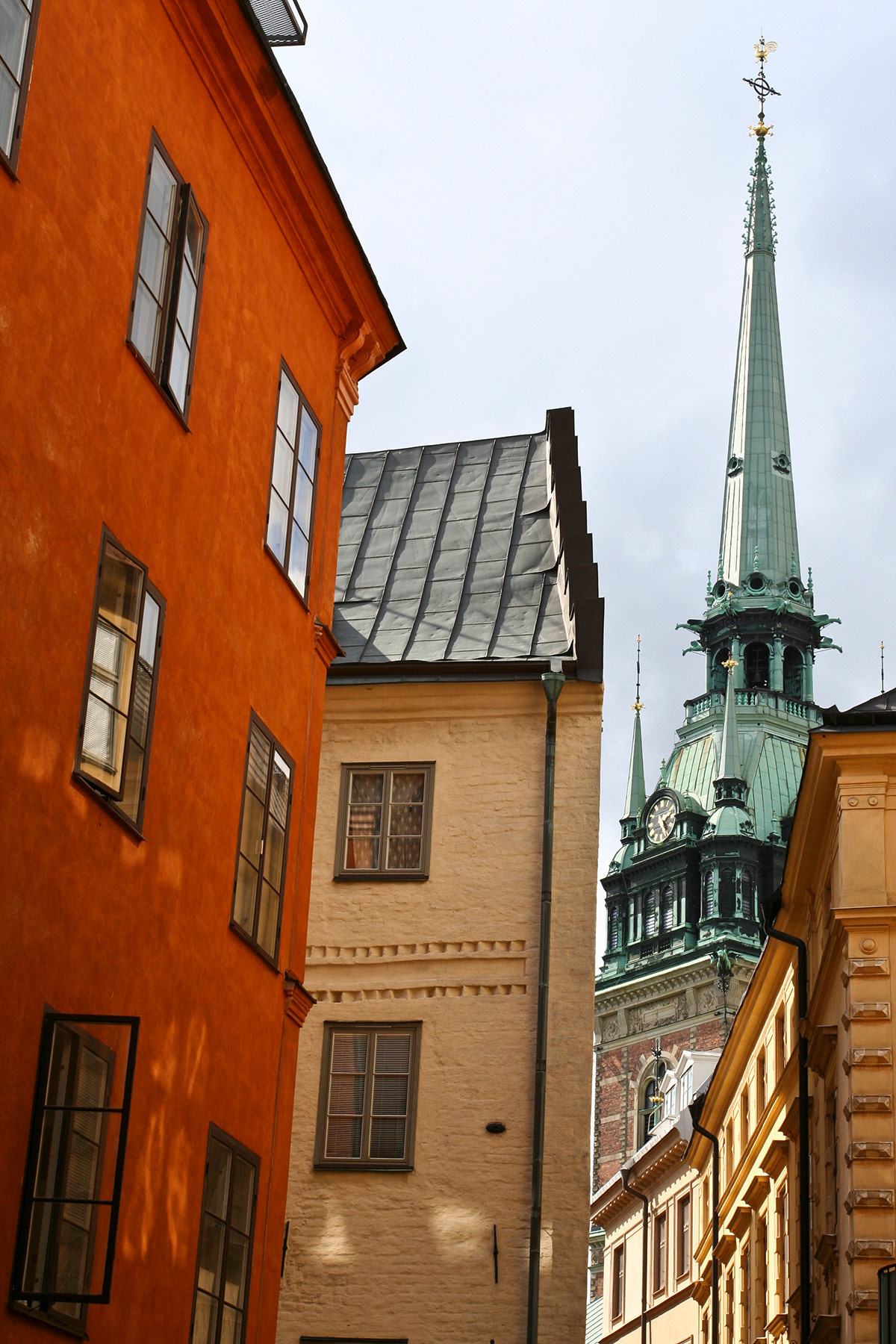
The German church (Tyska Kyrkan) peaks through the facades of the Stockholm Old Town, Summer 2006.
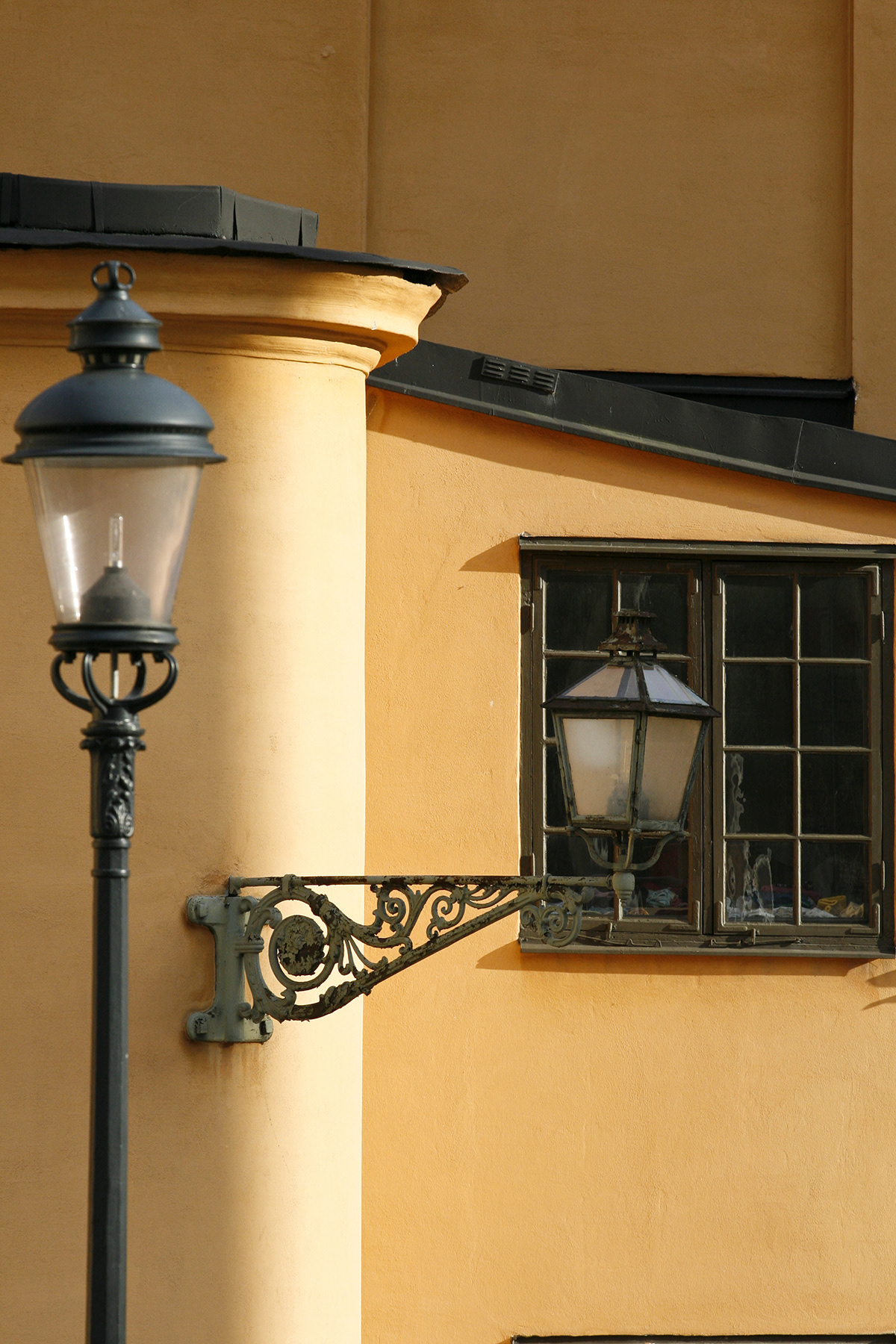
Different takes on the Finnish Church, just outside the royal palace.
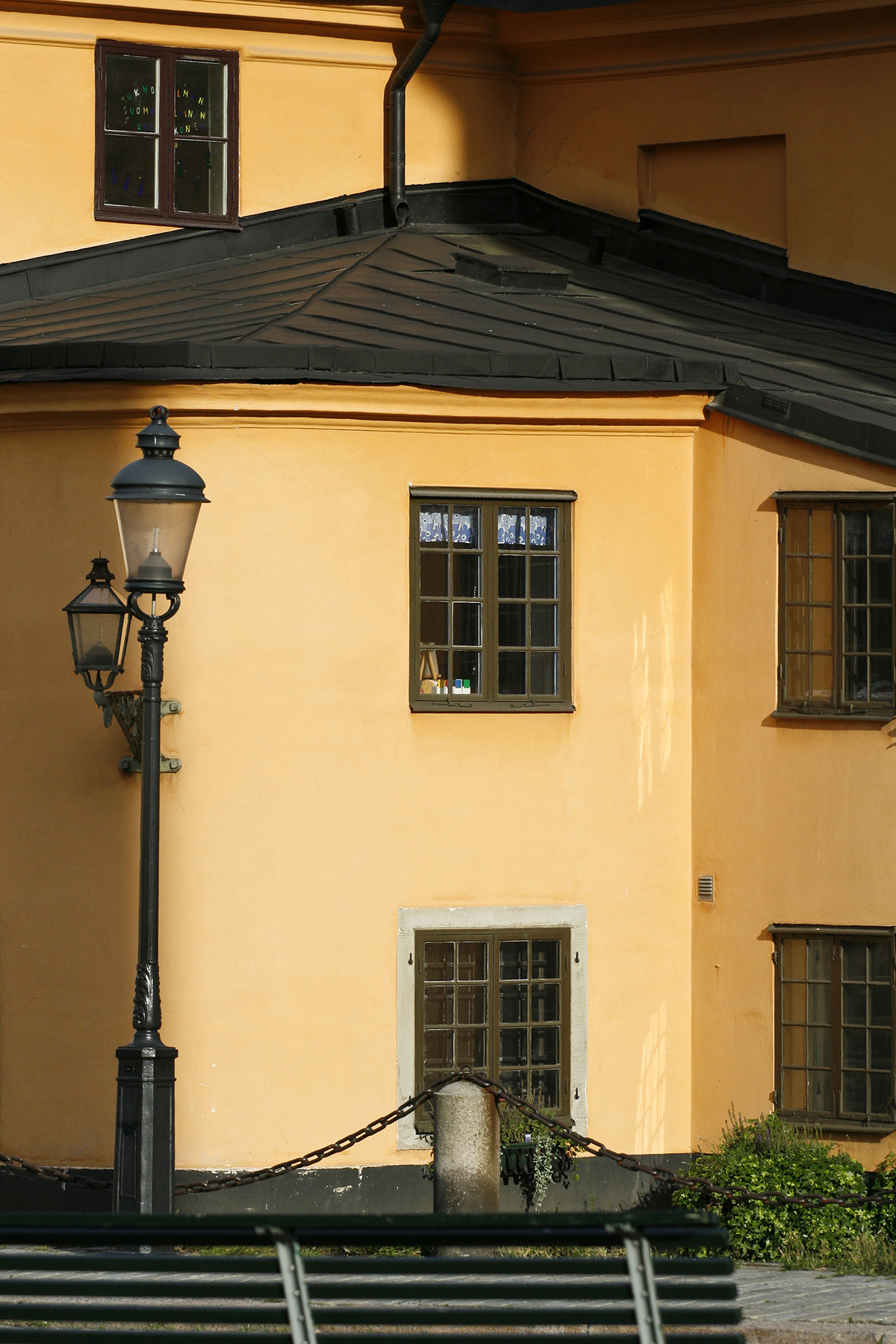
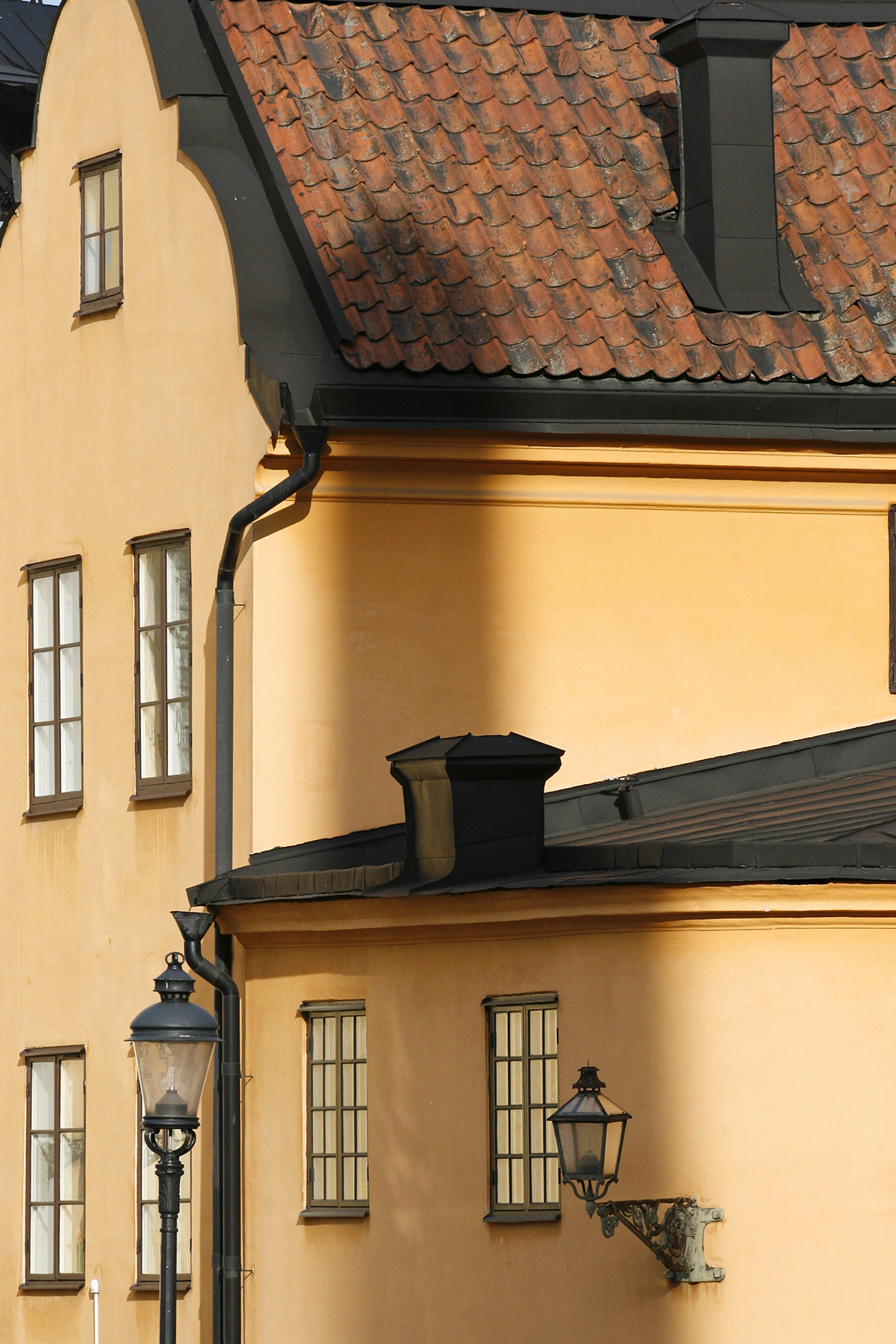
A fresh November day in the Old Town, 2008.
A winter shot of Riddarholmen and the Norstedts publishing company, seen from the northeast, in 2003.
Riddarholmen in the late afternoon sunshine, seen from the southwest, September 2025.
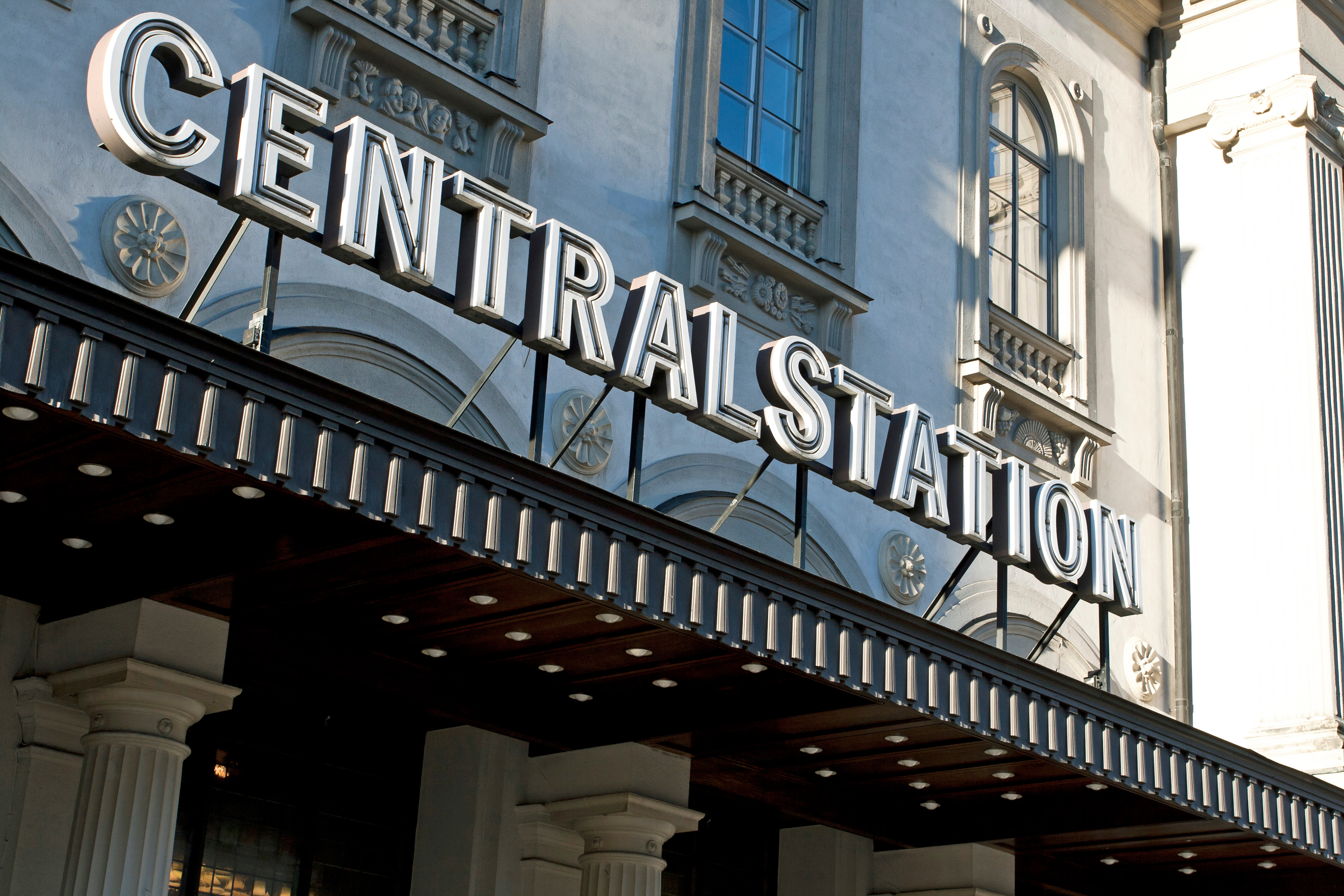
Stockholm Central Station.
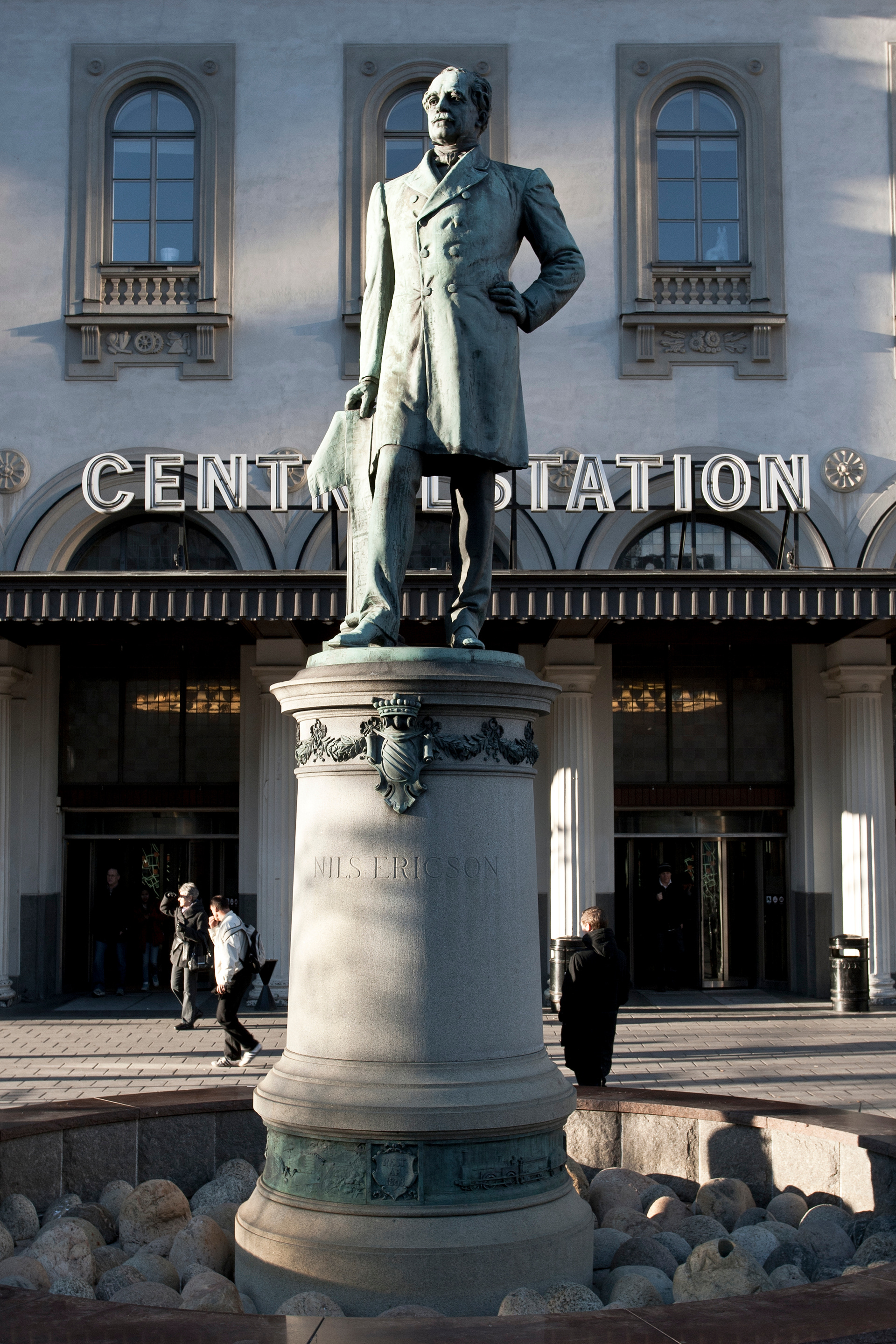
Inside Stockholm Central Station, September 2025.
Sergels Torg (Sergel´s Square) and the Glass Obelix, August 2007.
Kungsträdgården (The King's Garden) in April. The people in the blossom tree series "caught" naturally, no posing on request. April 2019.
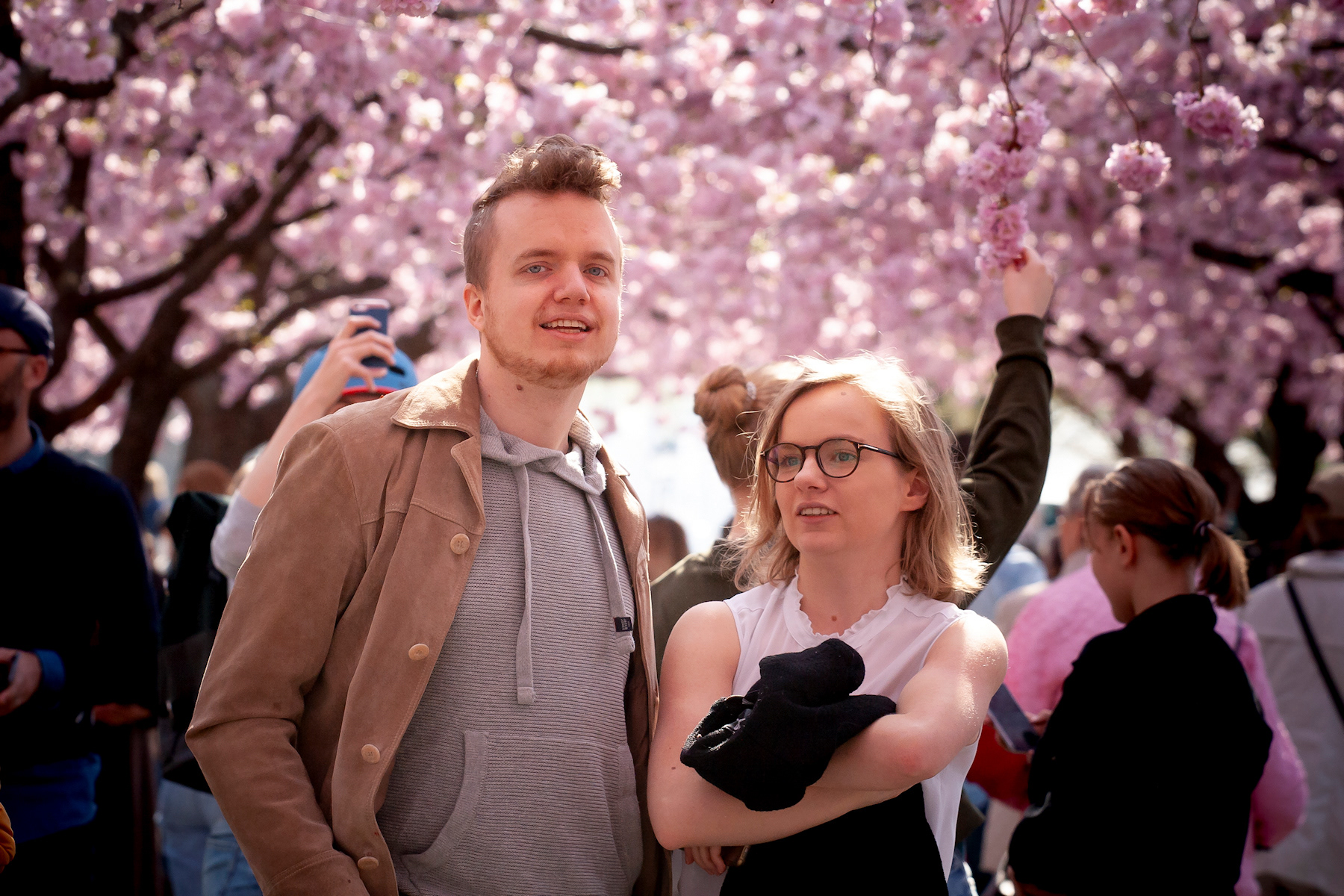
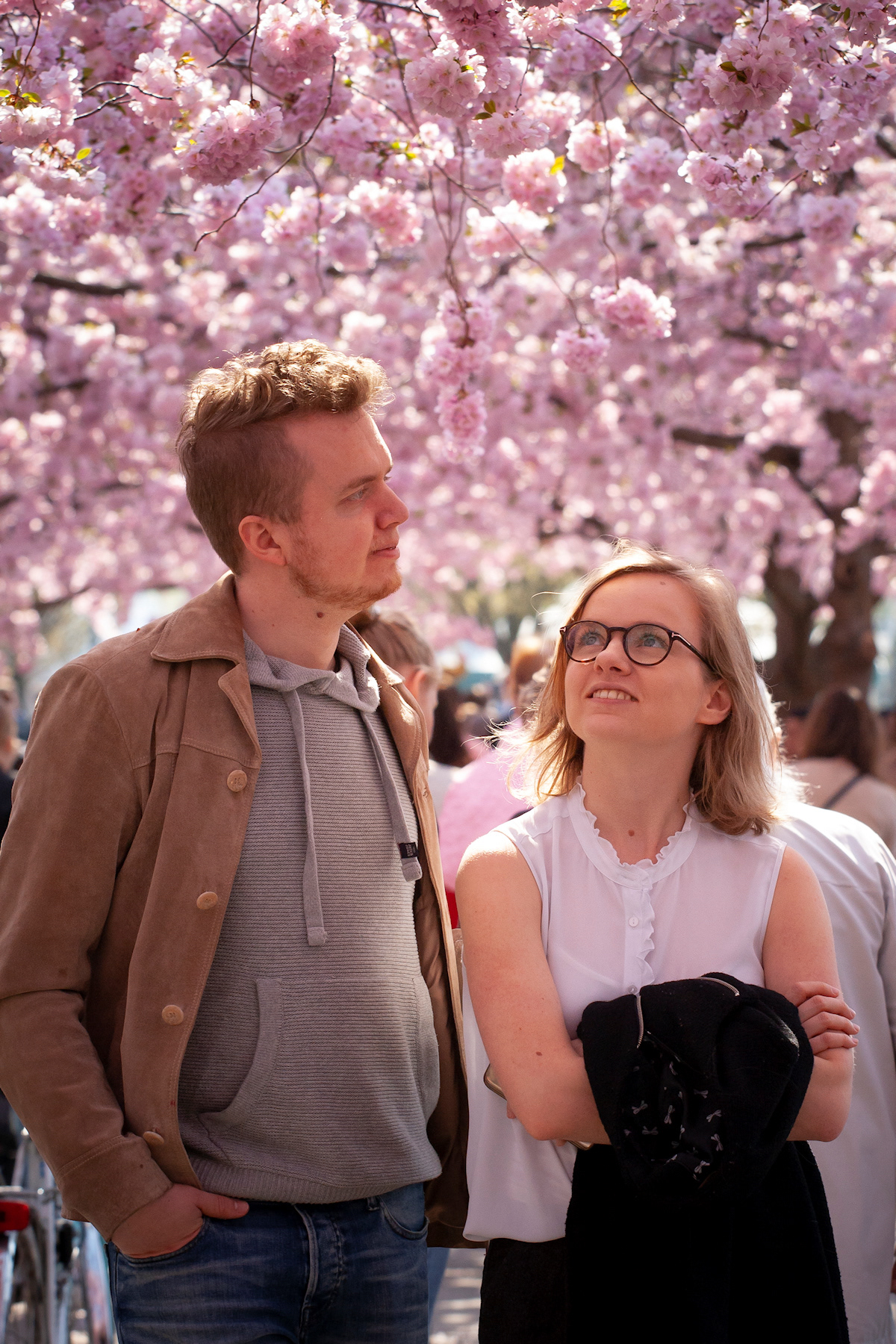
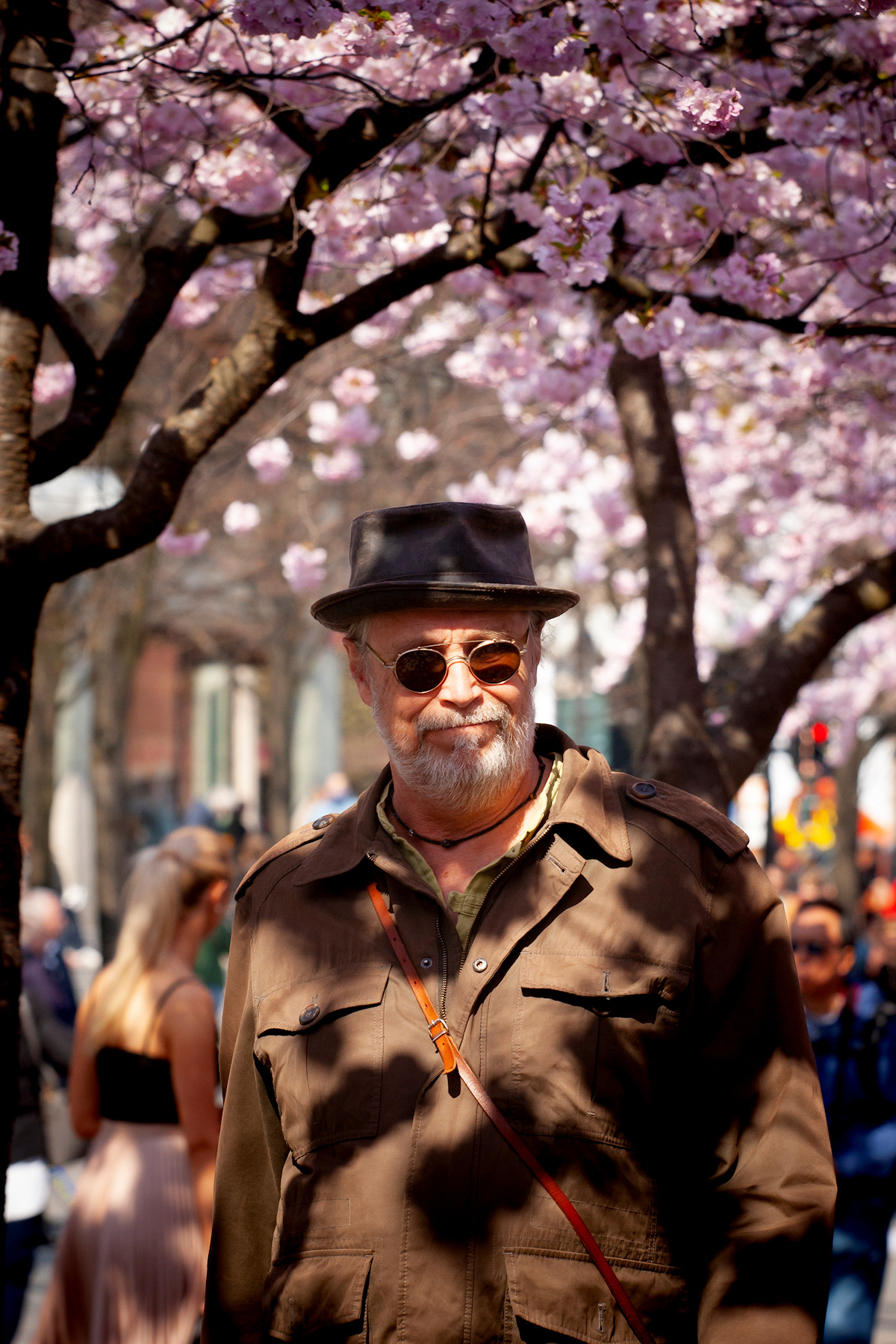
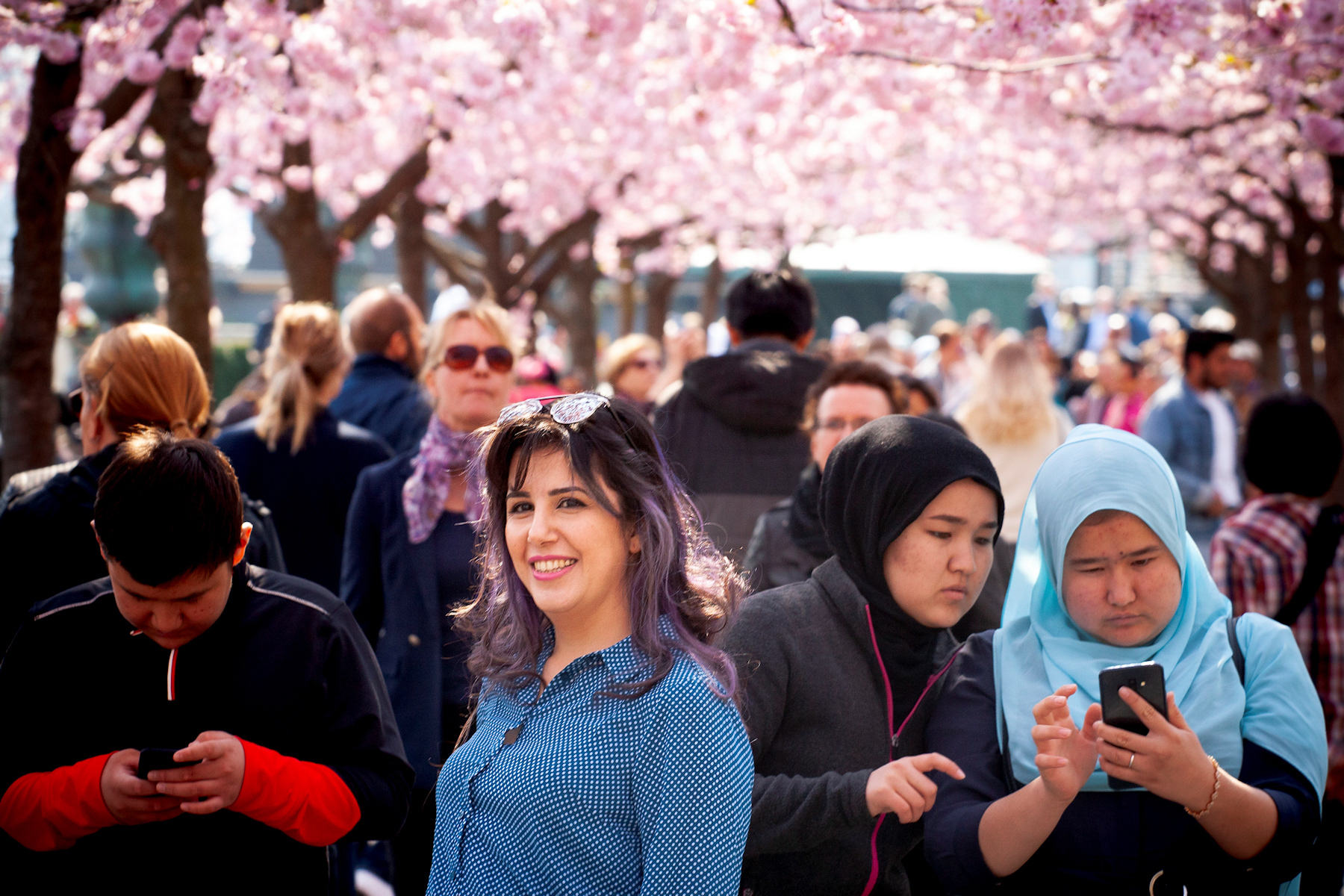
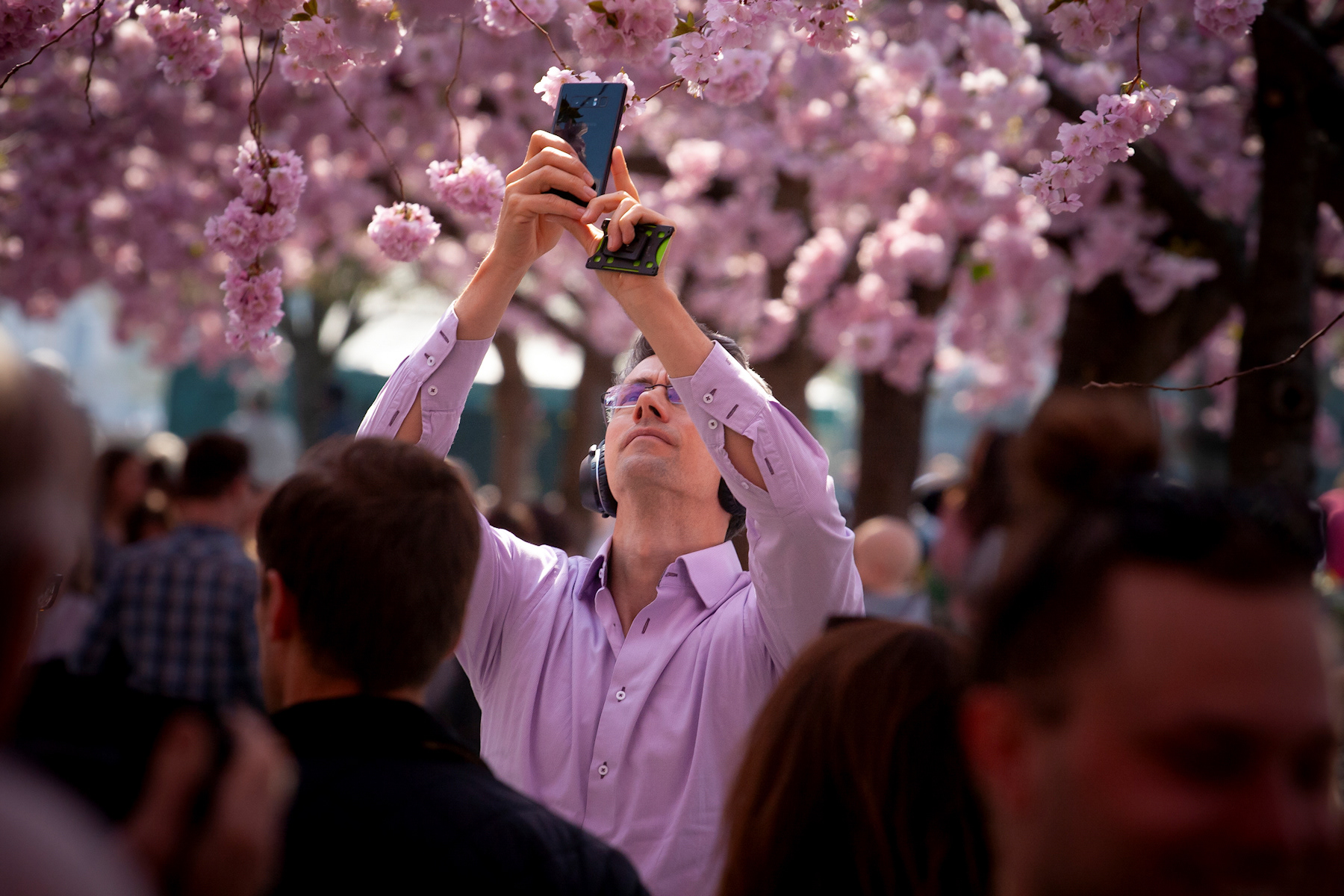
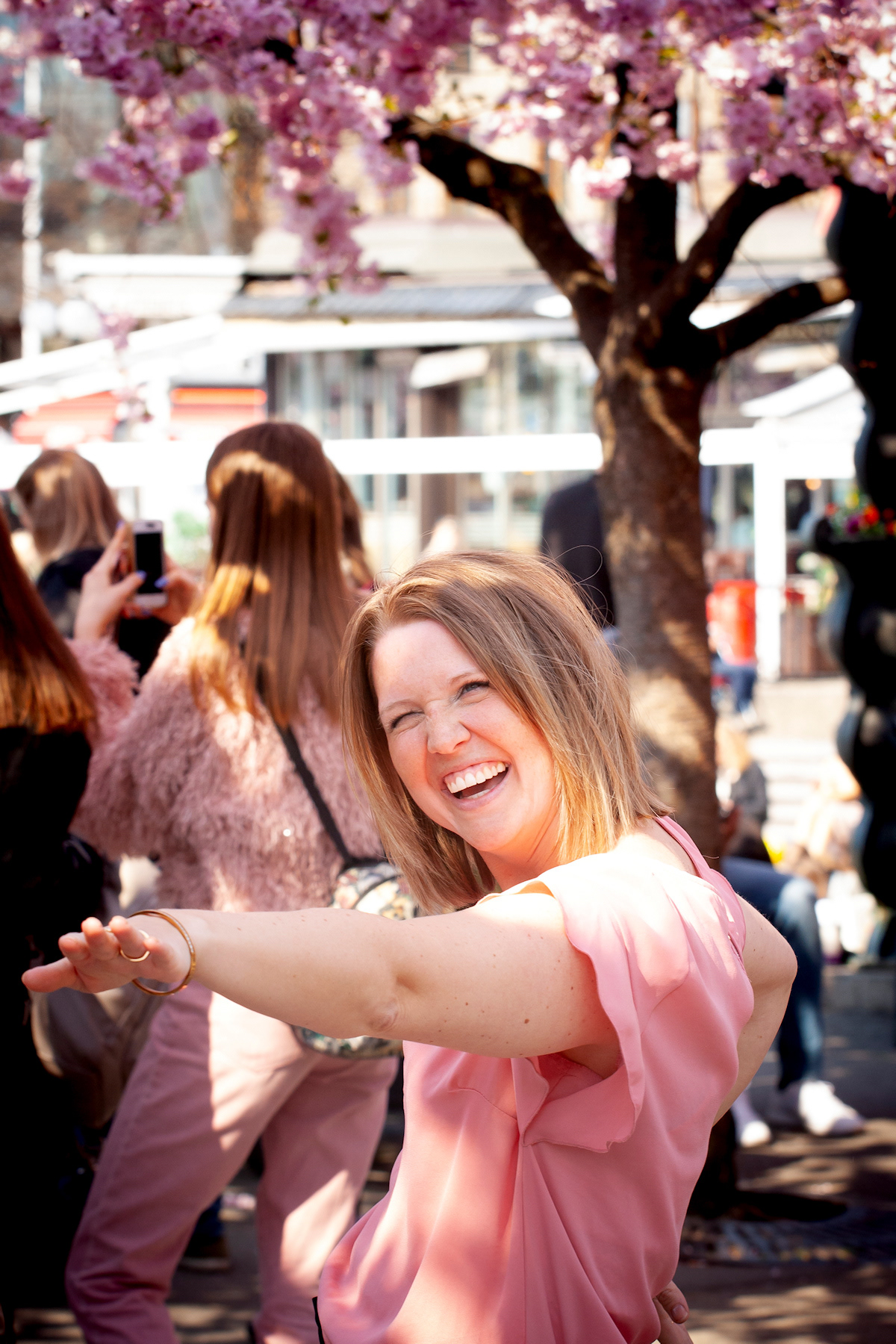
Stadsbiblioteket (City Library) in Vasastan, June 2010.
A stroll over Strandvägen takes one passed by many historic boats. The Motala Express seen here in September 2025.
View at Nybrokajen (Nybro quay) with the ferry boats that roam the Stockholm Archipelago, September 2025.
View at Östermalm's Strandvägen, March 2016.
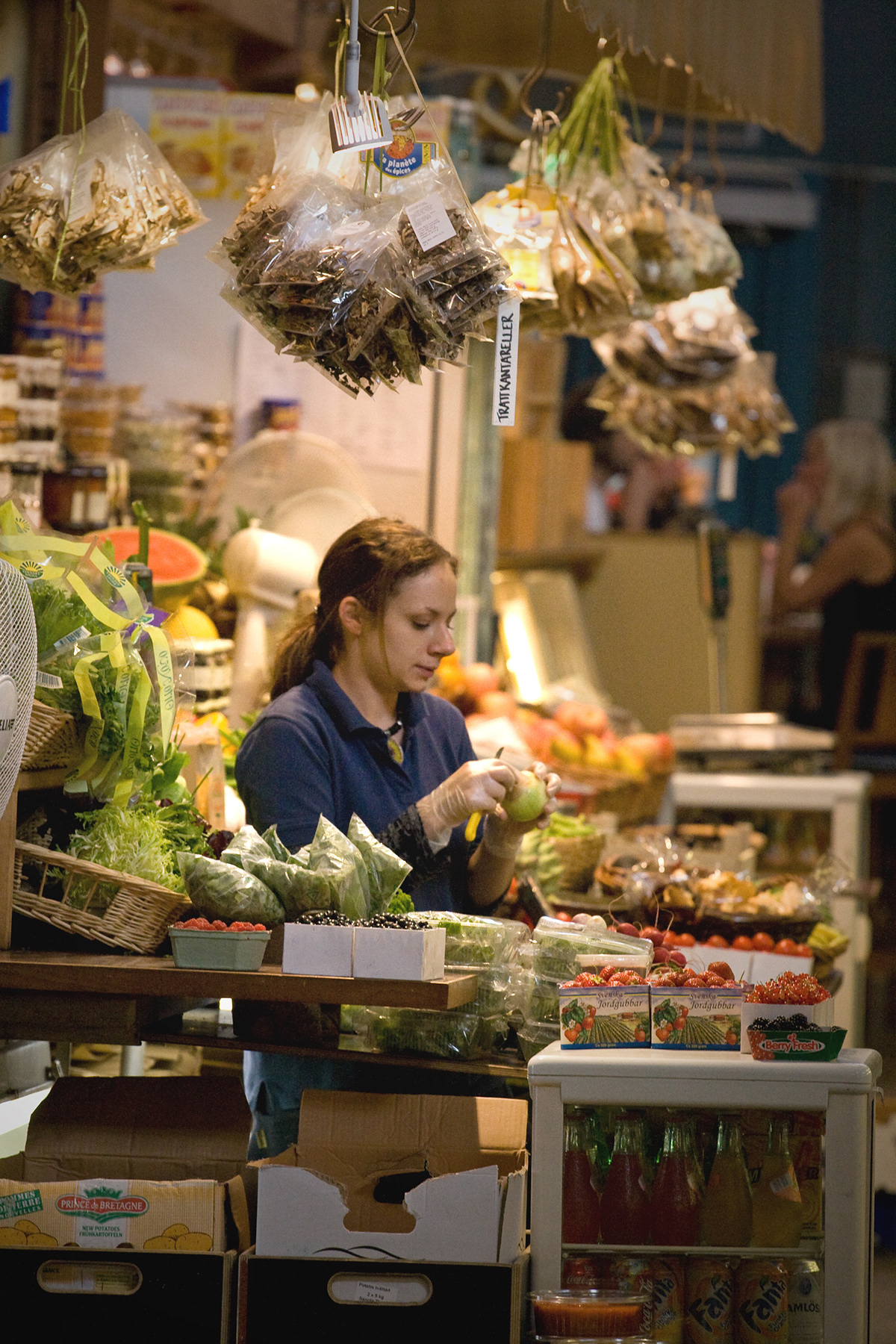
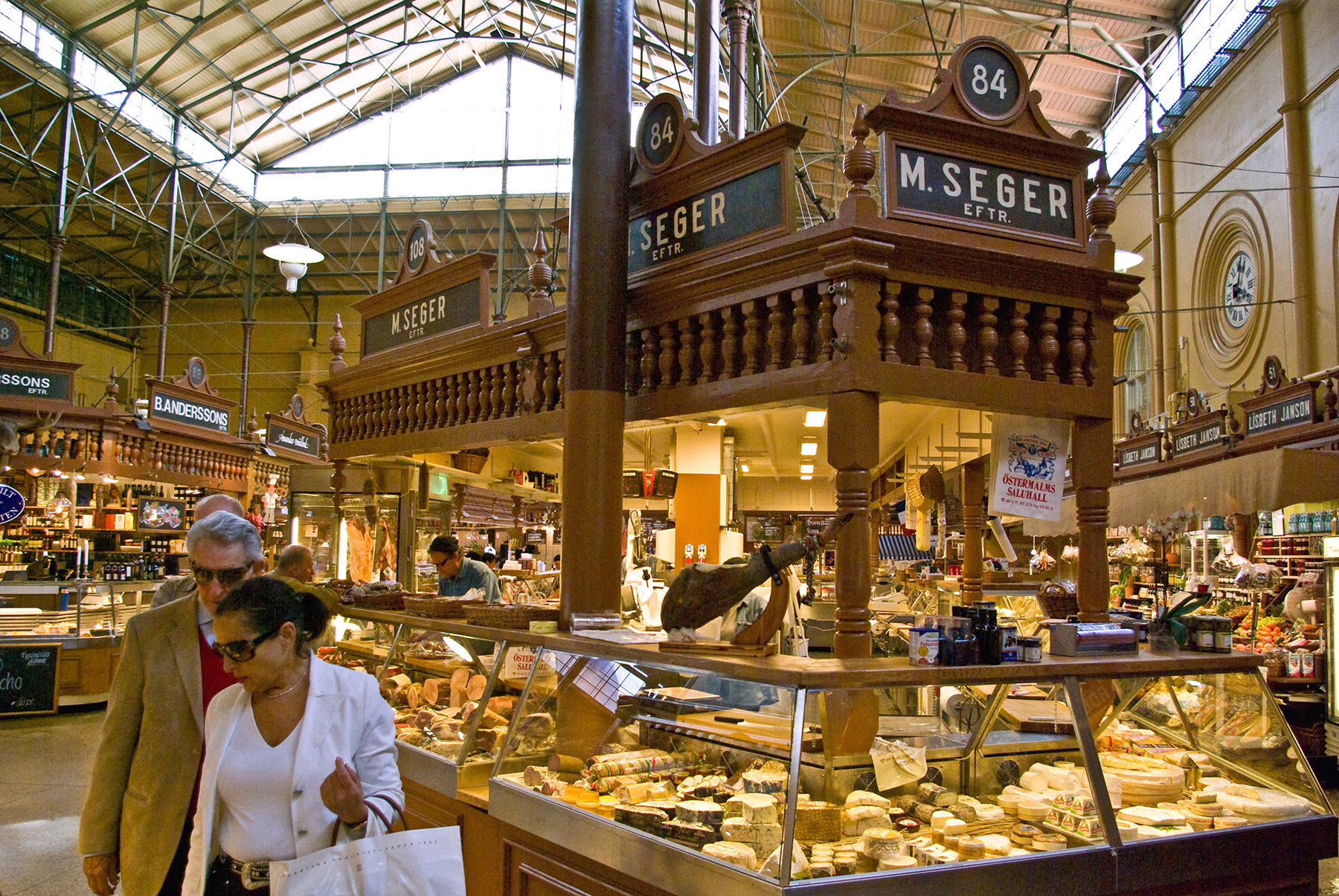
Inside the historic market hall Östermalms Saluhallen, August 2007.
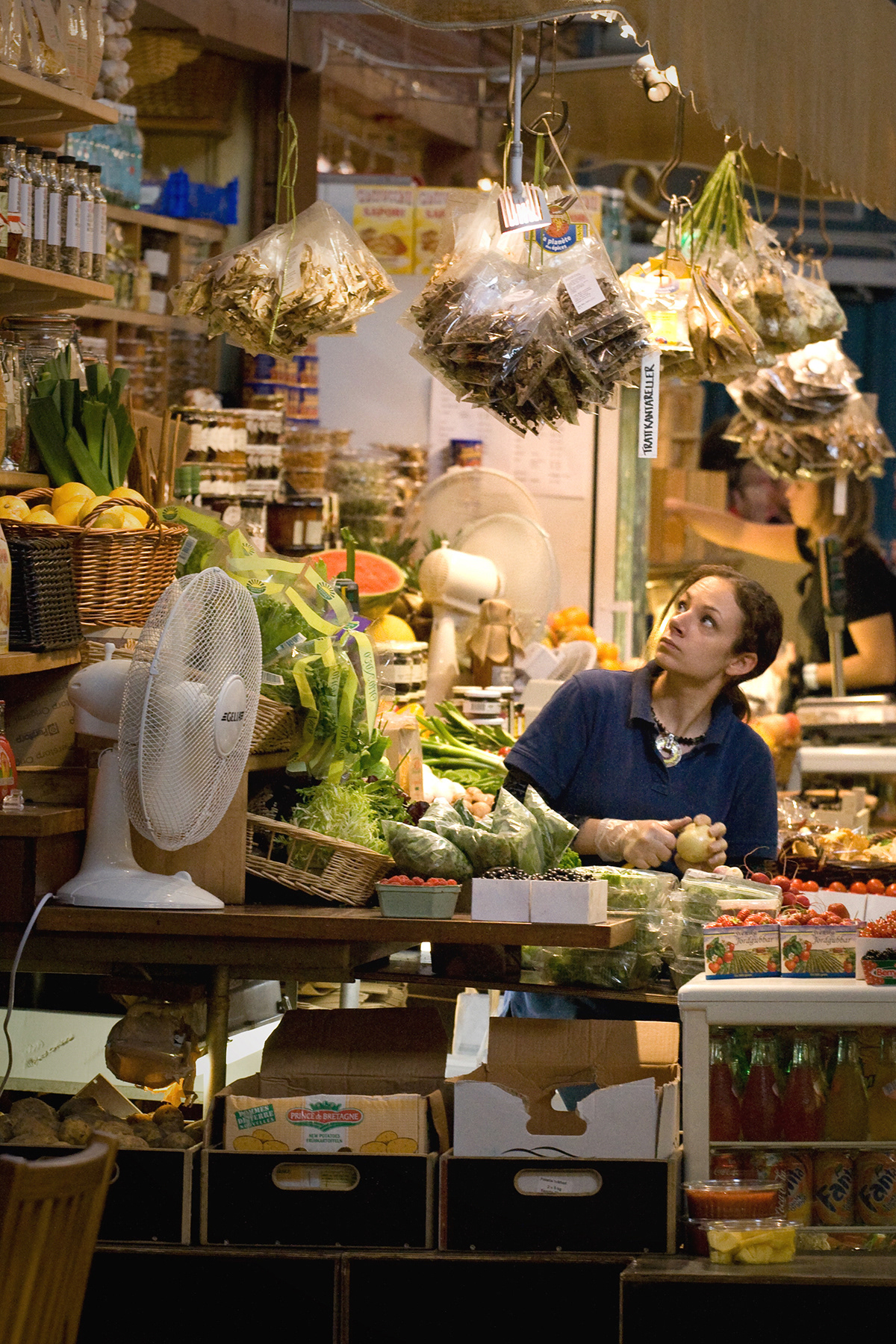
Local ferry boats at Strandvägen quay.
The striking three-master at the quay of Skeppsholmen is the former training ship from Chapman, named after a shipbuilder from Gothenburg. It was built in Whitehaven, England, in 1888 and deployed by Sweden in 1923. In 1949, the municipality of Stockholm bought the vessel and converted it into a (youth) hostel. Together with the yellow building, the old Hantverkkasernen (craft barracks). The Vandarhem on the mainland opened in 1983 to relieve the busy Chapman exit and was used as a barracks for shipbuilders in 1835.
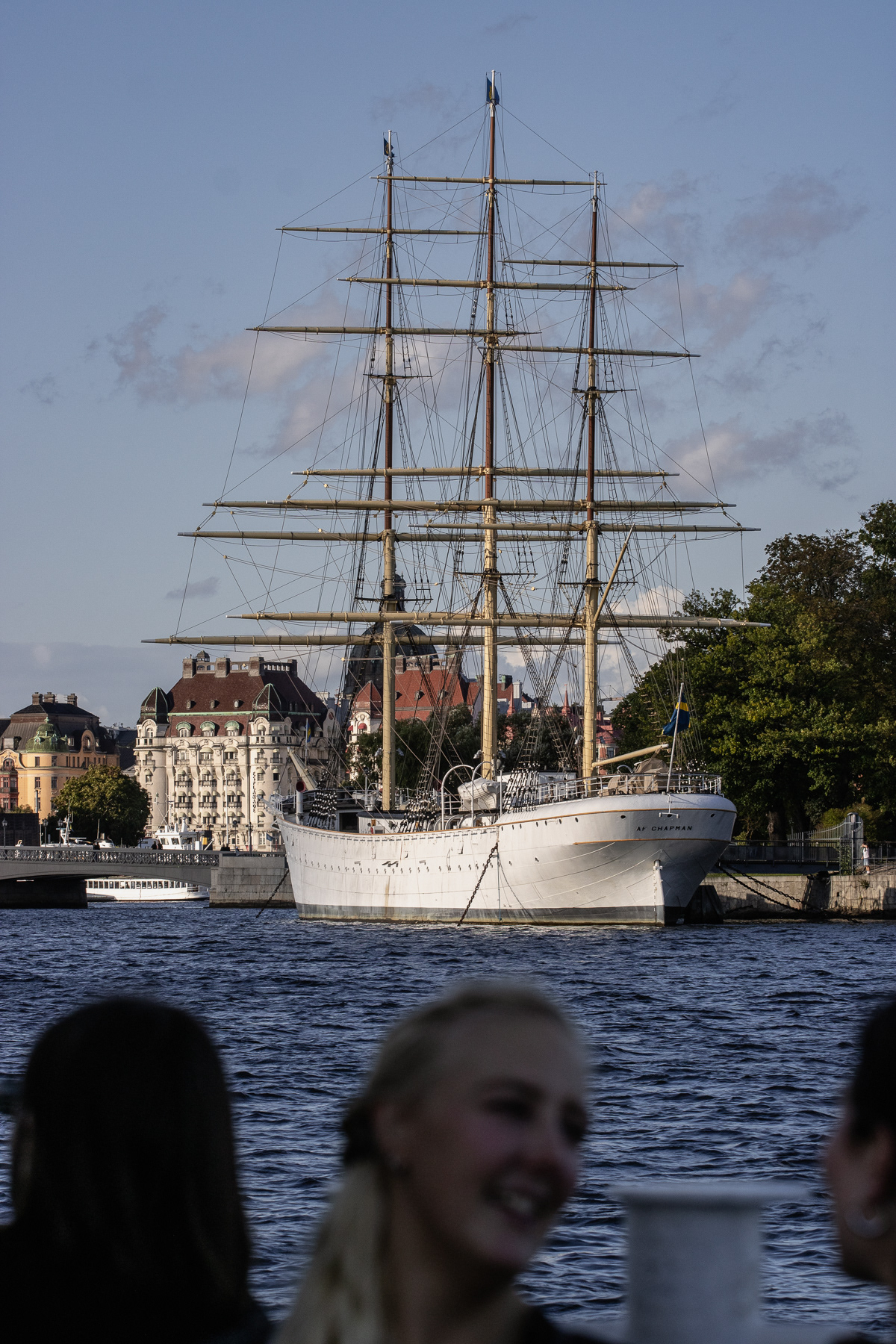
The Af Chapman, a trimast ship anchored permanently at Skeppsholmen as a hostel, September 2025.
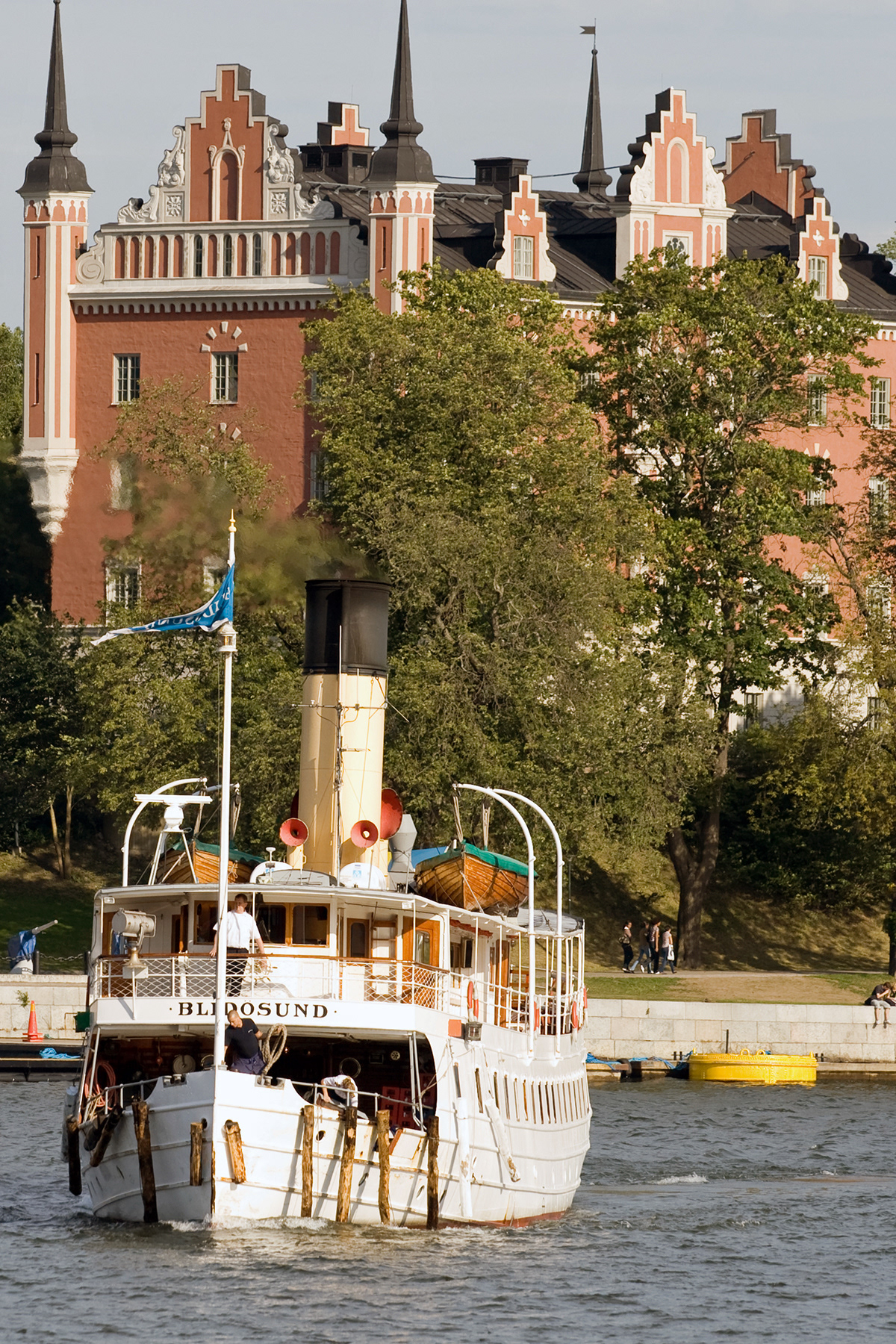
The old Admiralty is the first large building on the west bank, clearly recognizable by its pink-terracotta color and turrets. It was built in 1648 in what seems to be officially called the German-Dutch style. Seen here in 2007.
Relaxing at Skeppsholmen with a view of the Stockholm Old Town.
View at Skeppsholmen from the northeast. The modern building is the Moderna Museet (the Museum of Modern Art), September 2025.
The building of Swedish Radio (SR) towering over embassies in fancy villas, September 2025.
Östermalm seen from the hill of Skansen, September 2025.
The aerial view to the west, taken from the TV tower Kaknästornet on Djurgården, October 2016. The tower where this photo was taken from was closed to the public in 2018, when owner Teracom decided it would be too expensive to bring the building's sprinkler and other fire-fighting equipment up to new standards to stay open to the public.
Inside the ABBA Museum, May 2015.
Gröna Lund amusement park on Djurgården island. Ride a roller coaster in the city.
The flying carousel of Gröna Lund, September 2025.
The waters of Gröna Lund, with the shipyard island of Beckholmen, September 2025.
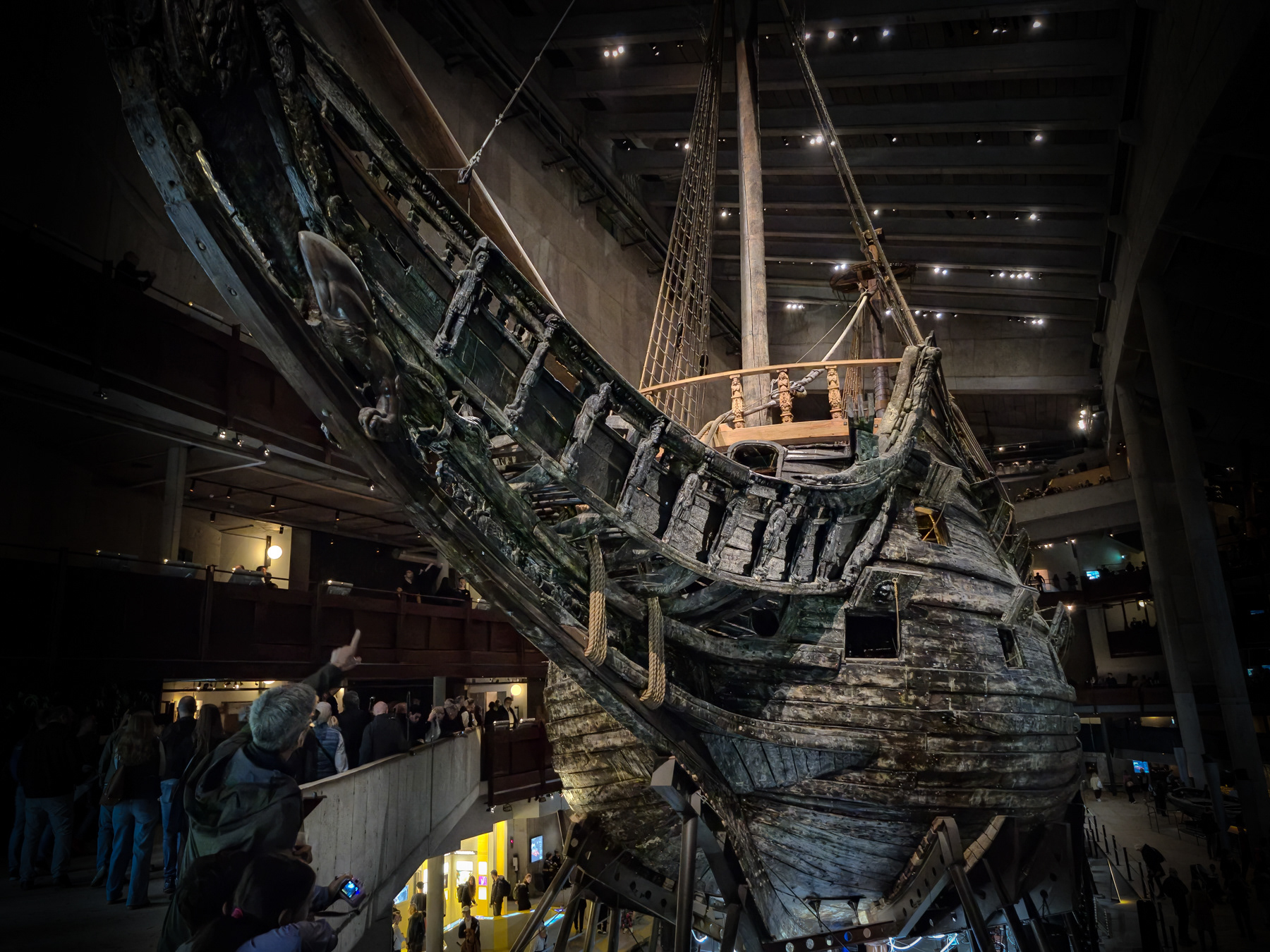



To remind the crew of the enegy of the time, this is supposed to be a Pole.

The city quarter of Skansen, September 2025.

A moose in Skansen, September 2025.

A harbour seal in Skansen.

A lynx in Skansen.

Hand work at Skansen, September 2025.

A tea house at Skansen.
You would almost forget that the city hall is the daily work site for several hundred municipal officials. The town hall was built for them between 1911 and 1923, with approximately 250 offices. The National Romantic style of the building is by architect Ragnar Östberg, with Italian architectural styles as inspiration.
Stadshuset (City Hall)
The gardens of the City Hall gives one great view of Södermalm, the Southern Island



Hilly street of Södermalm, September 2025.


Cobblestone streets in Södermalm, September 2025.

View towards Djurgärden from Södermalm, September 2025.
A classic car name "The Grandpa" parked on Södermalm, May 2011.
April spring at Södermalm.



Tyresta is gently sloping and rich in both coniferous and deciduous forests, sometimes centuries old. There are also several lakes and cliffs. The reserve extends into the southern archipelago of Stockholm.





